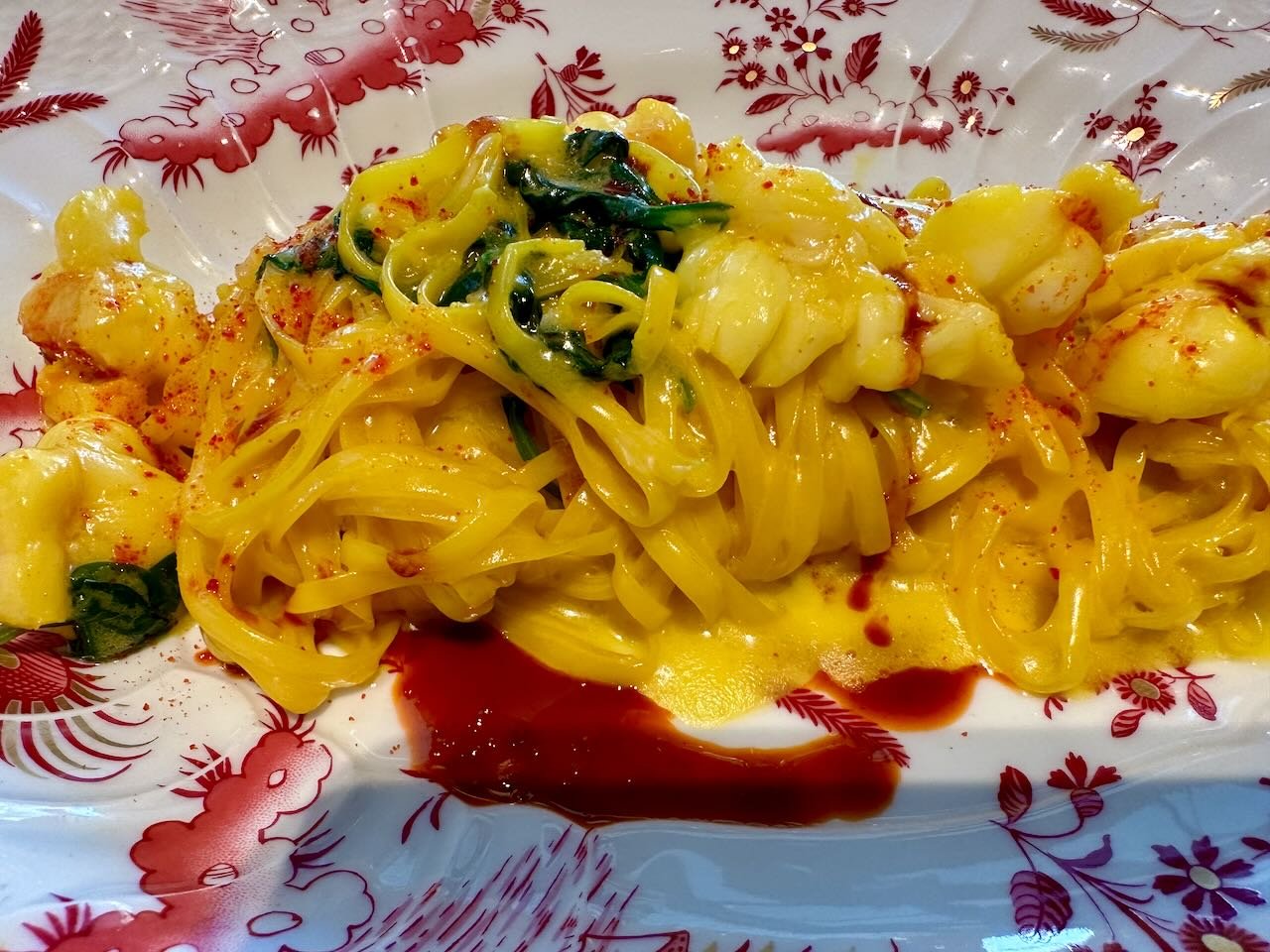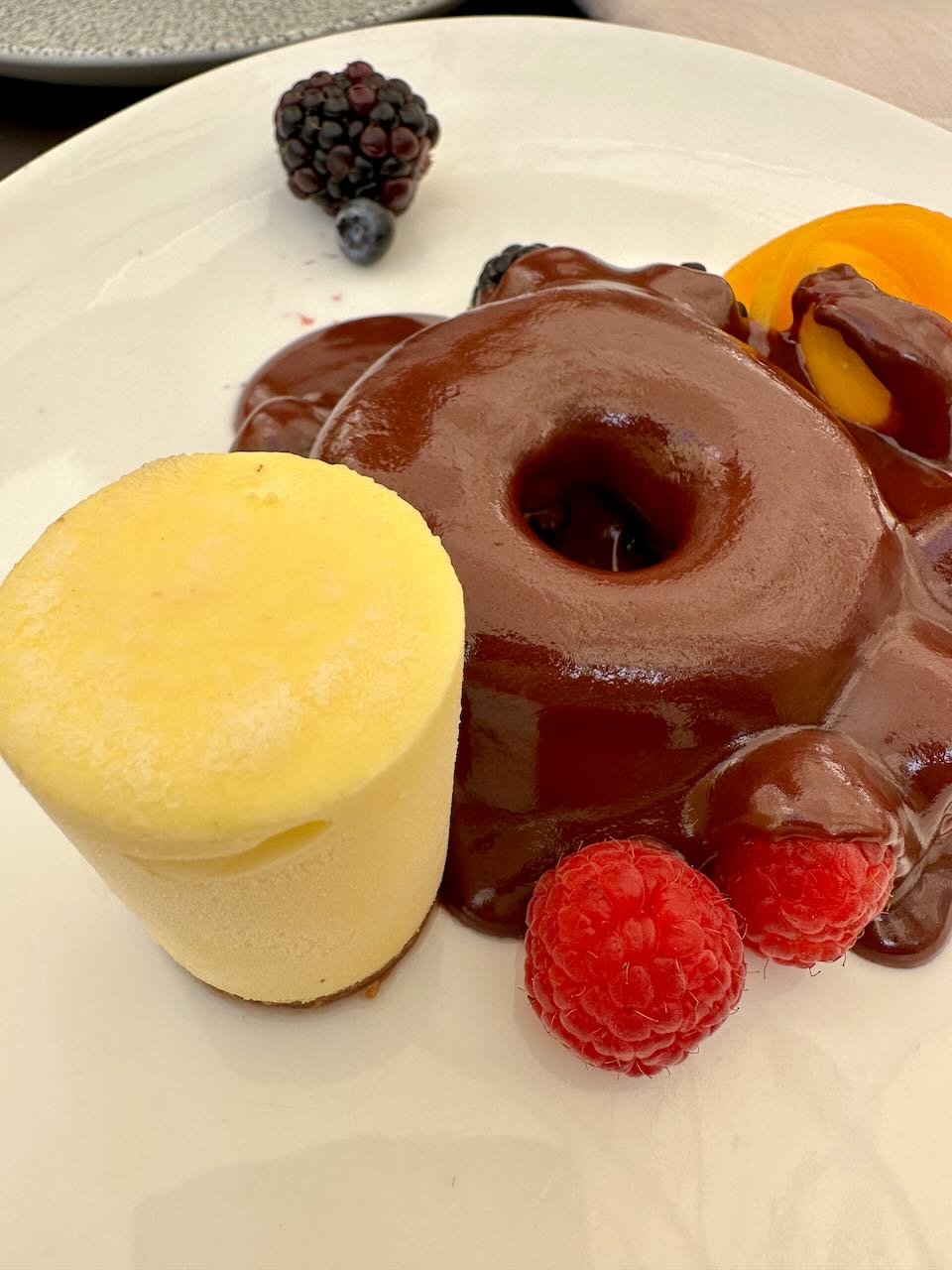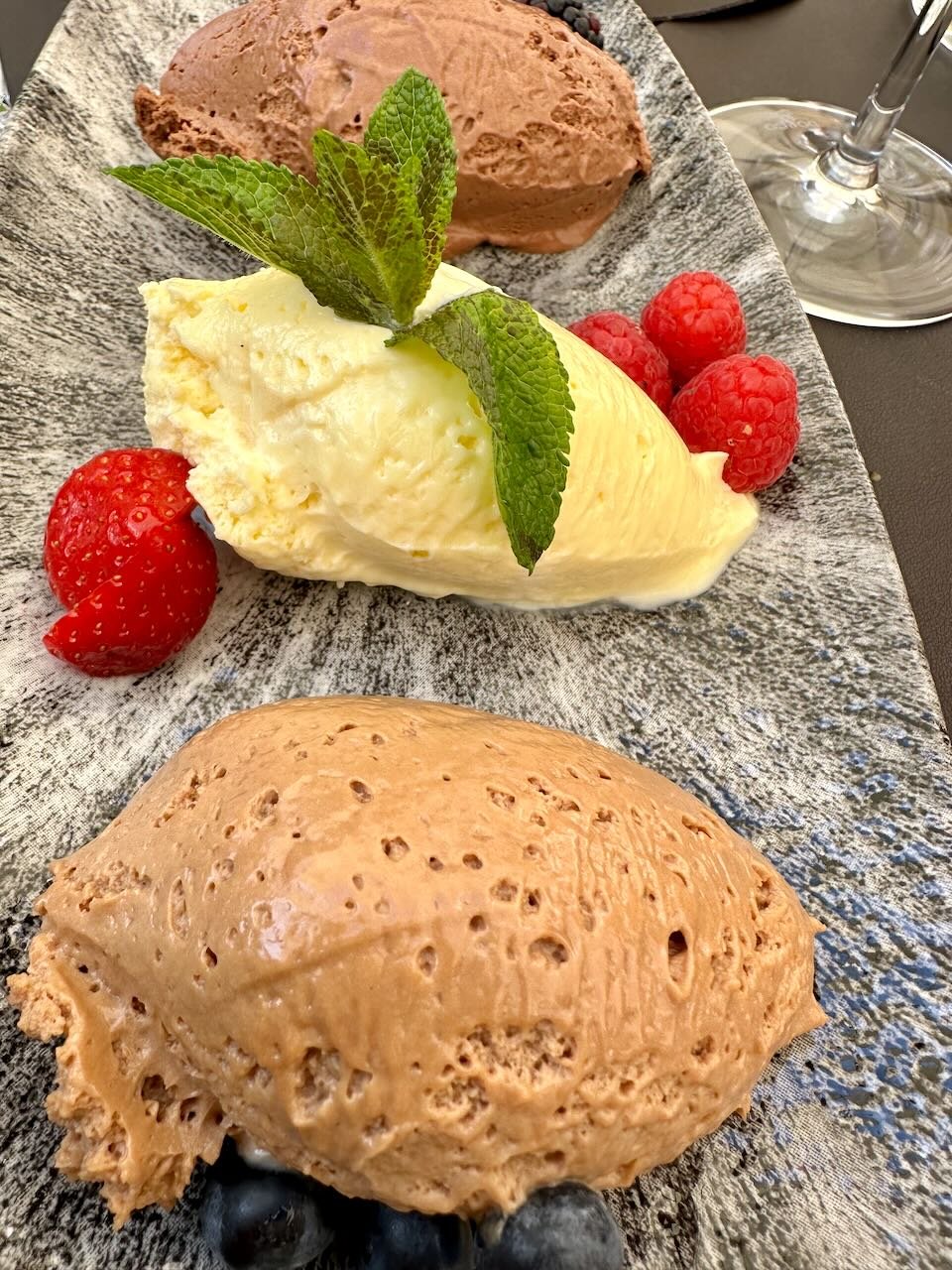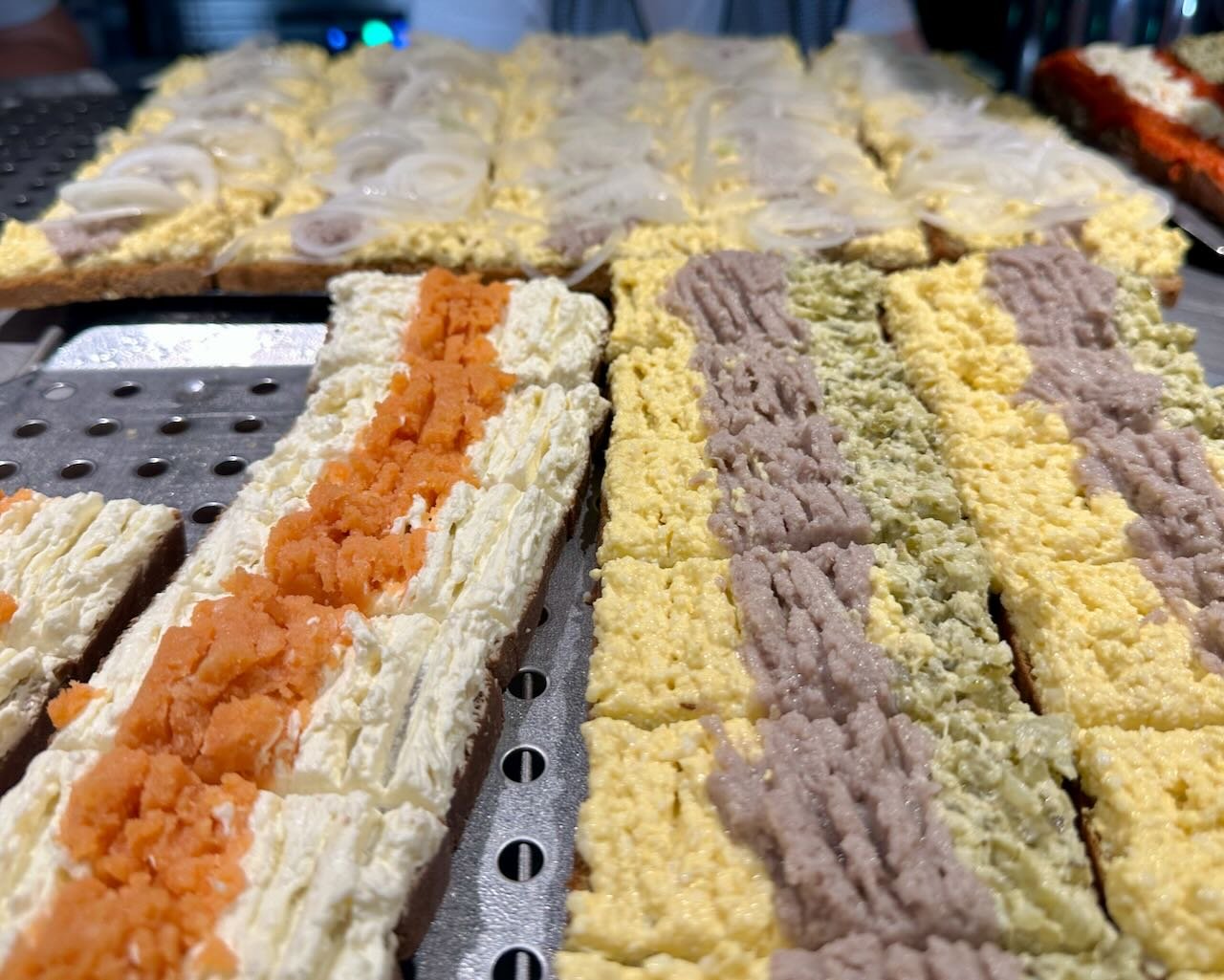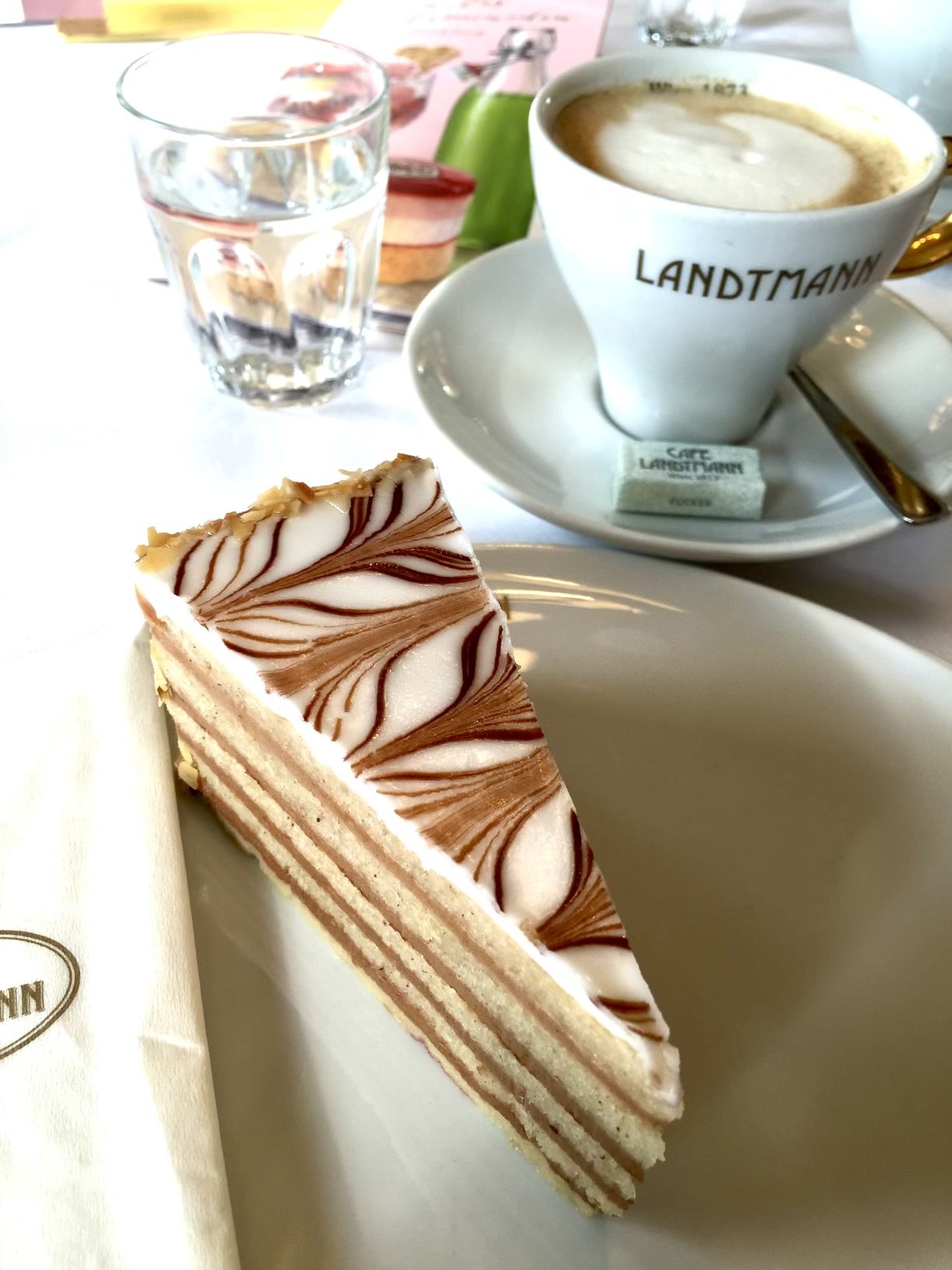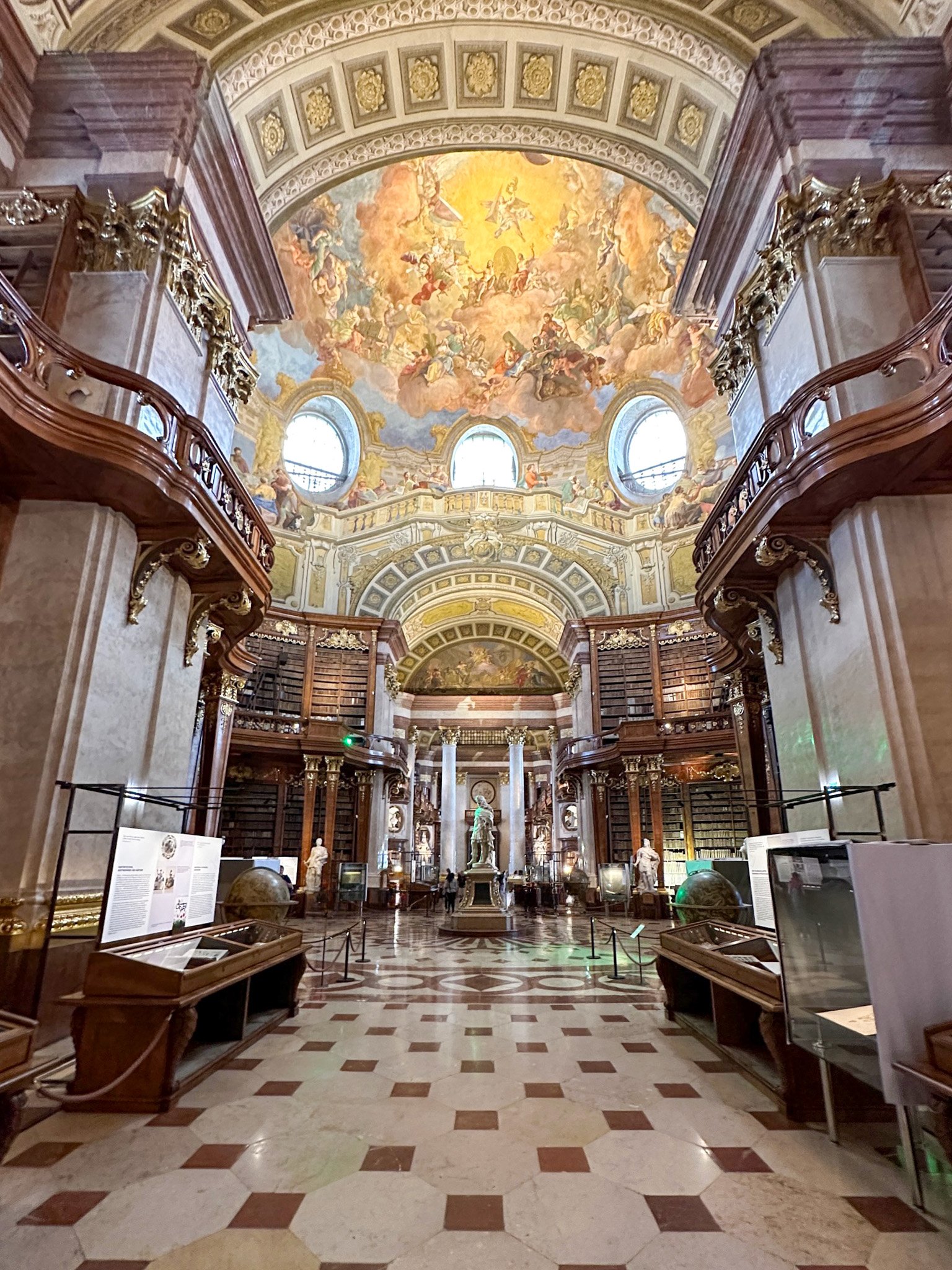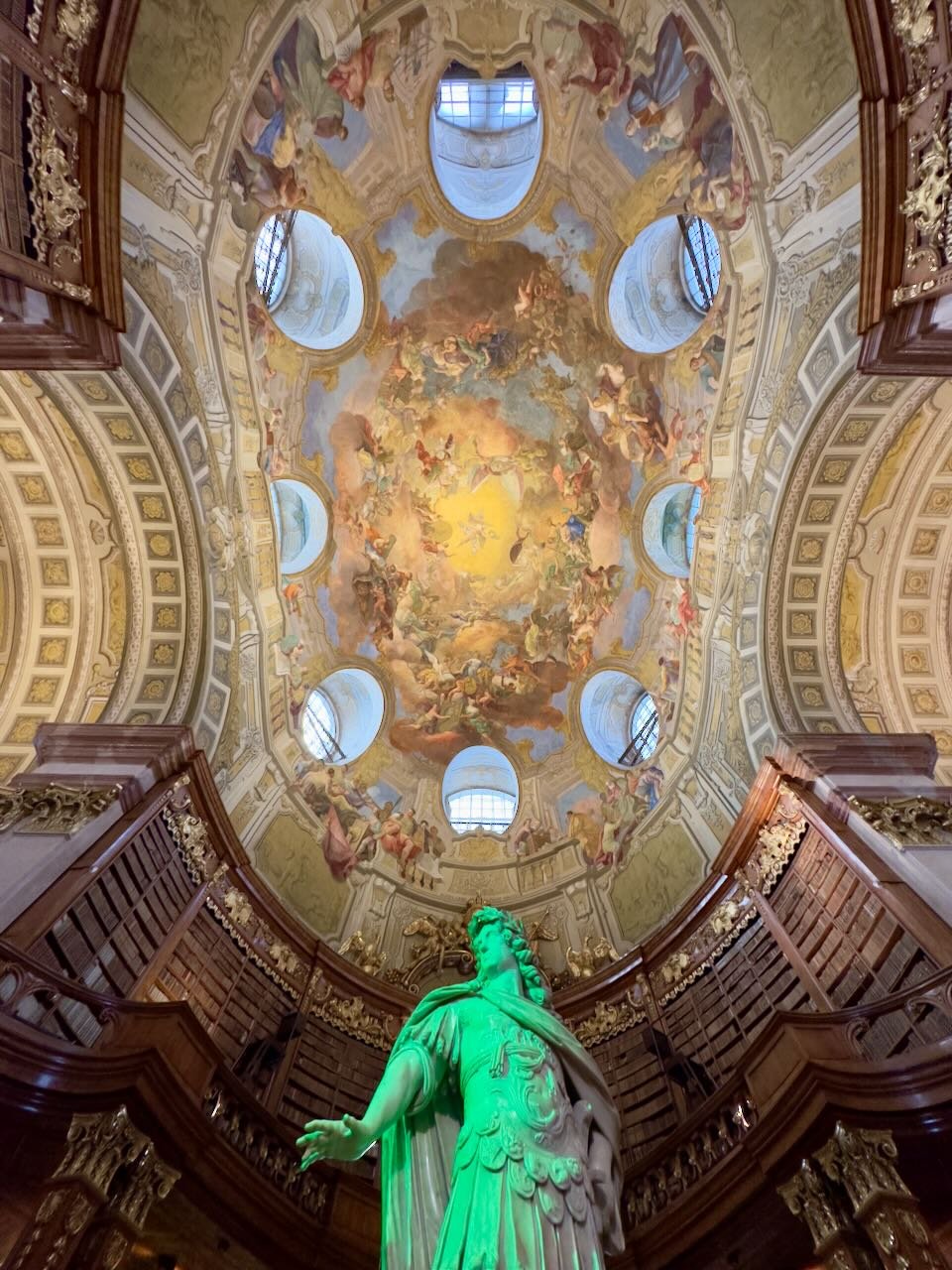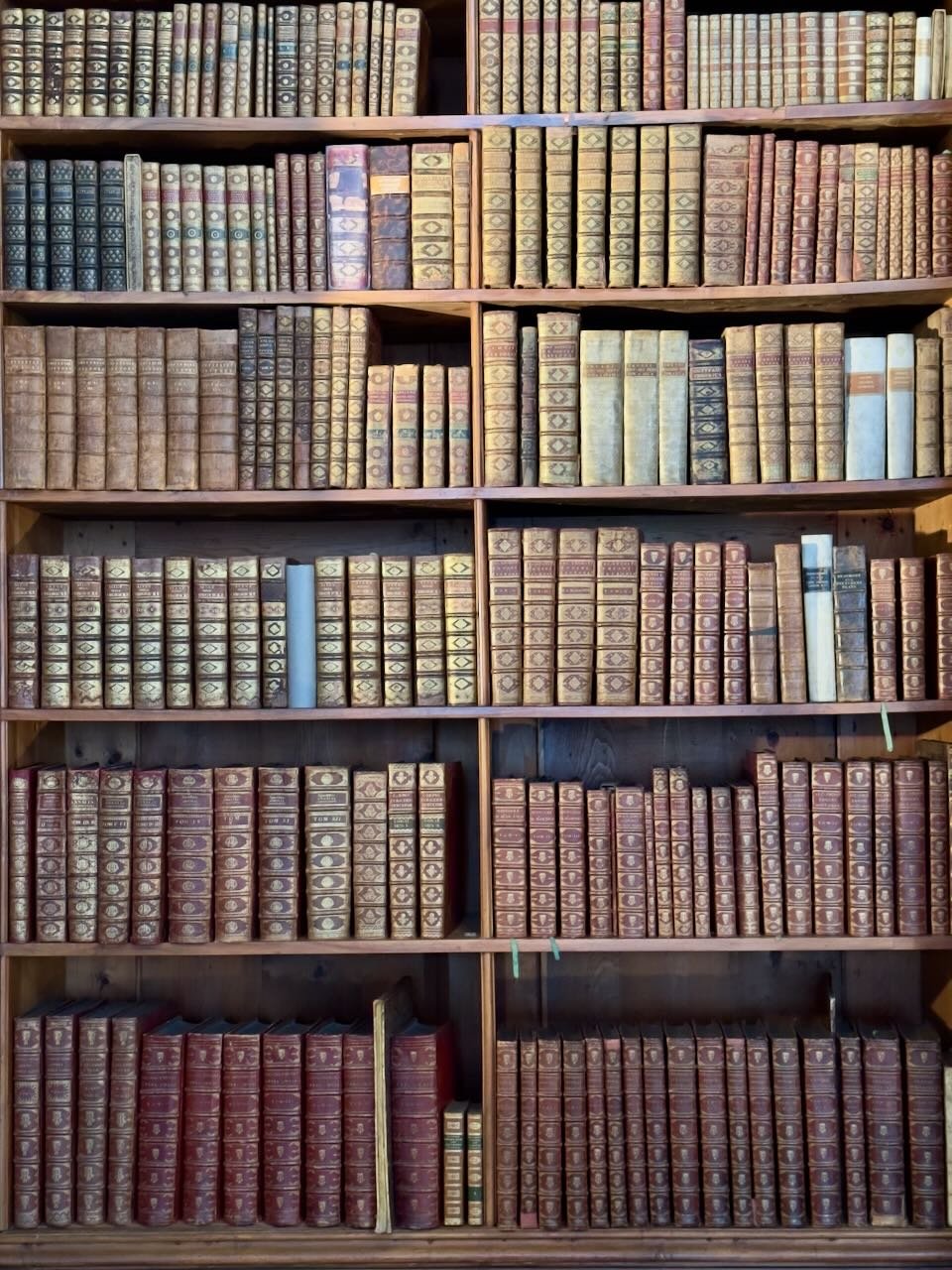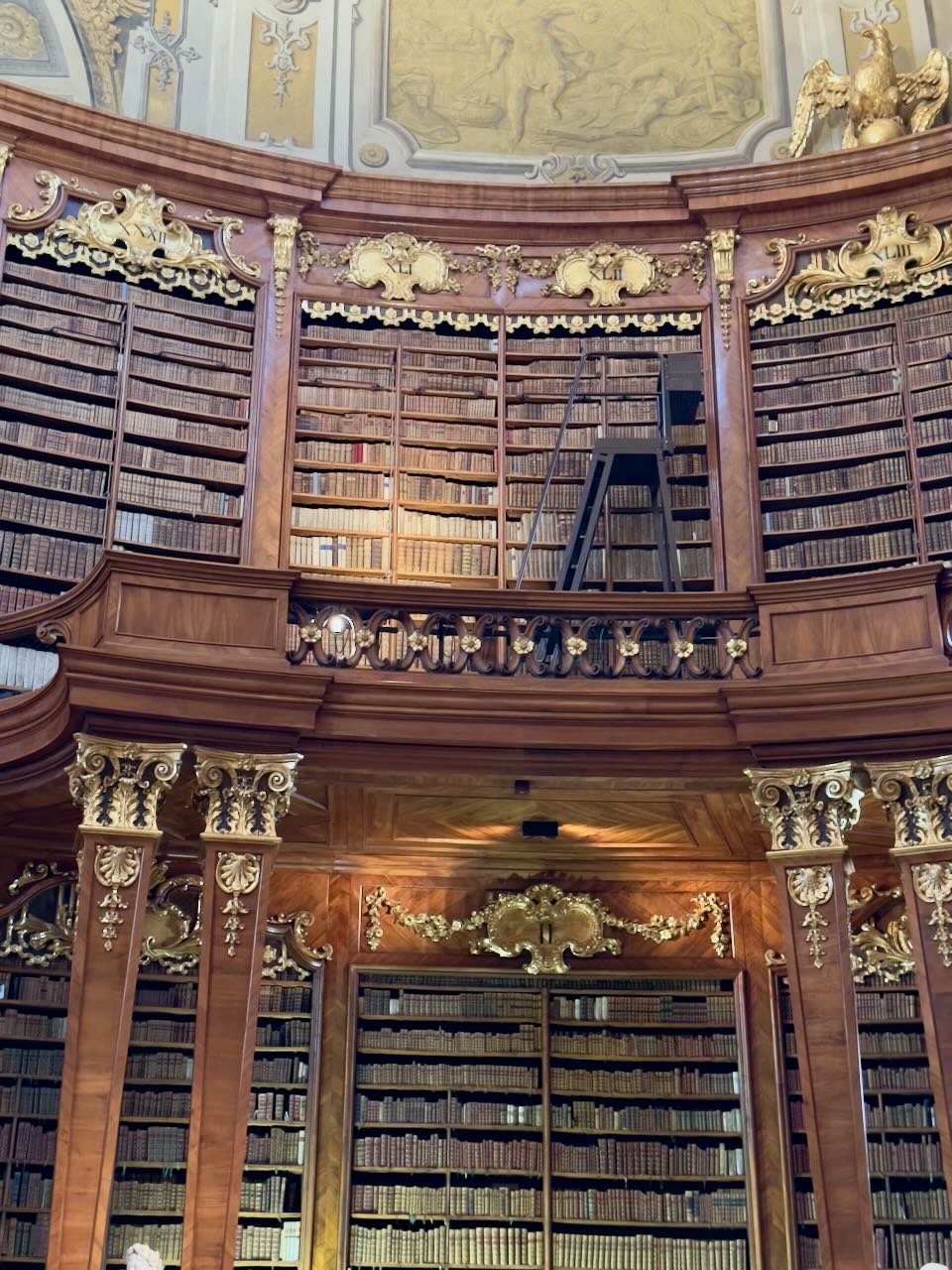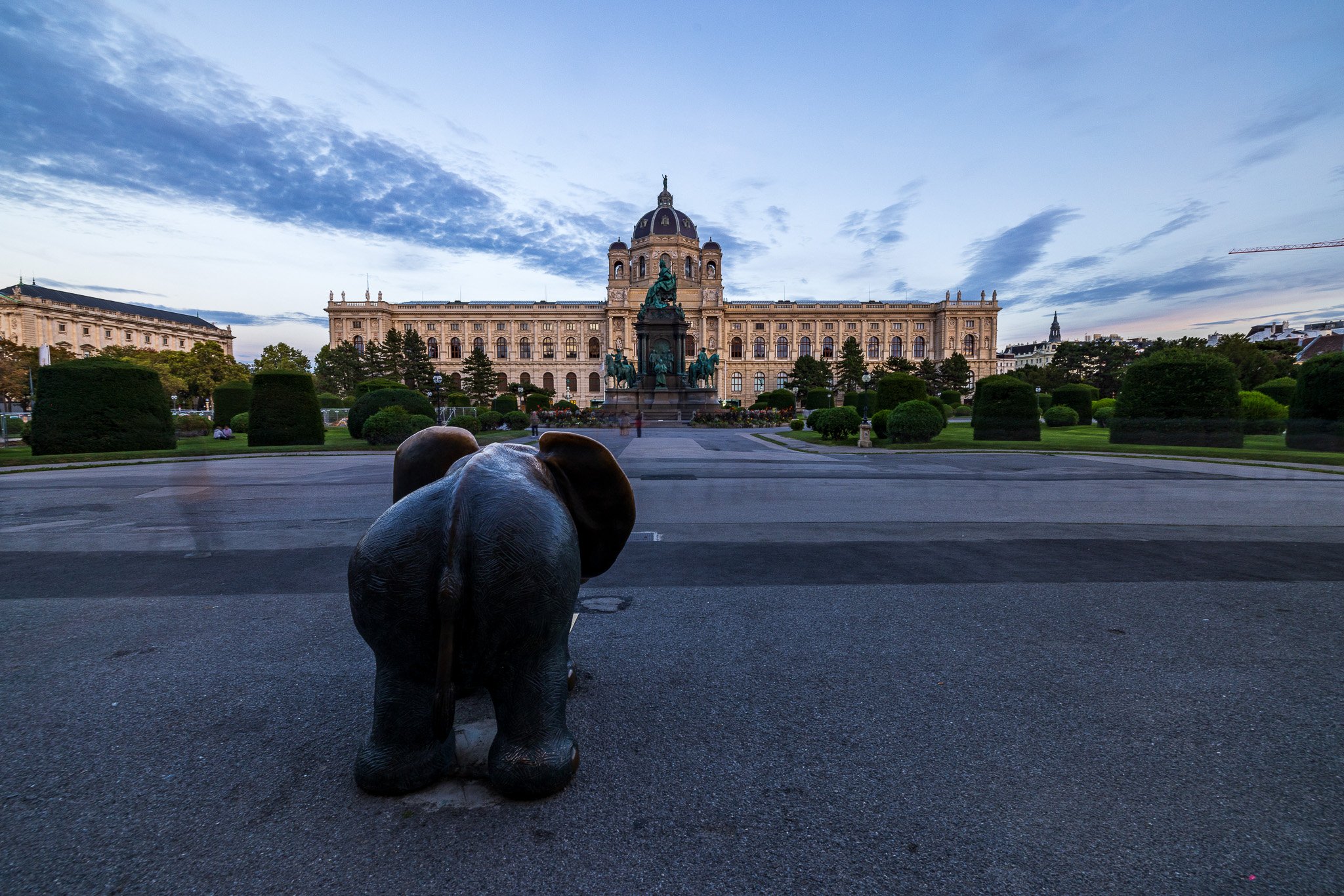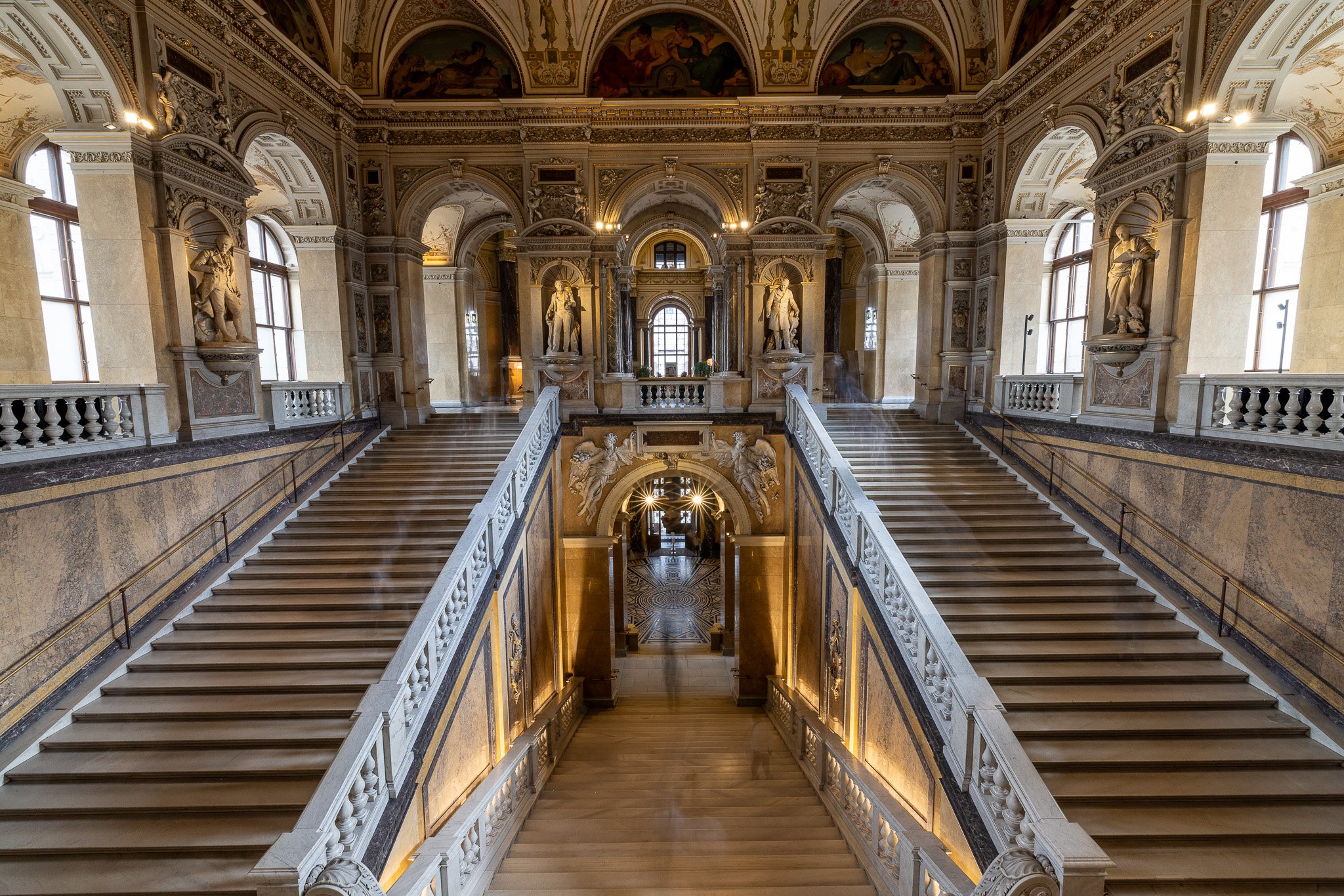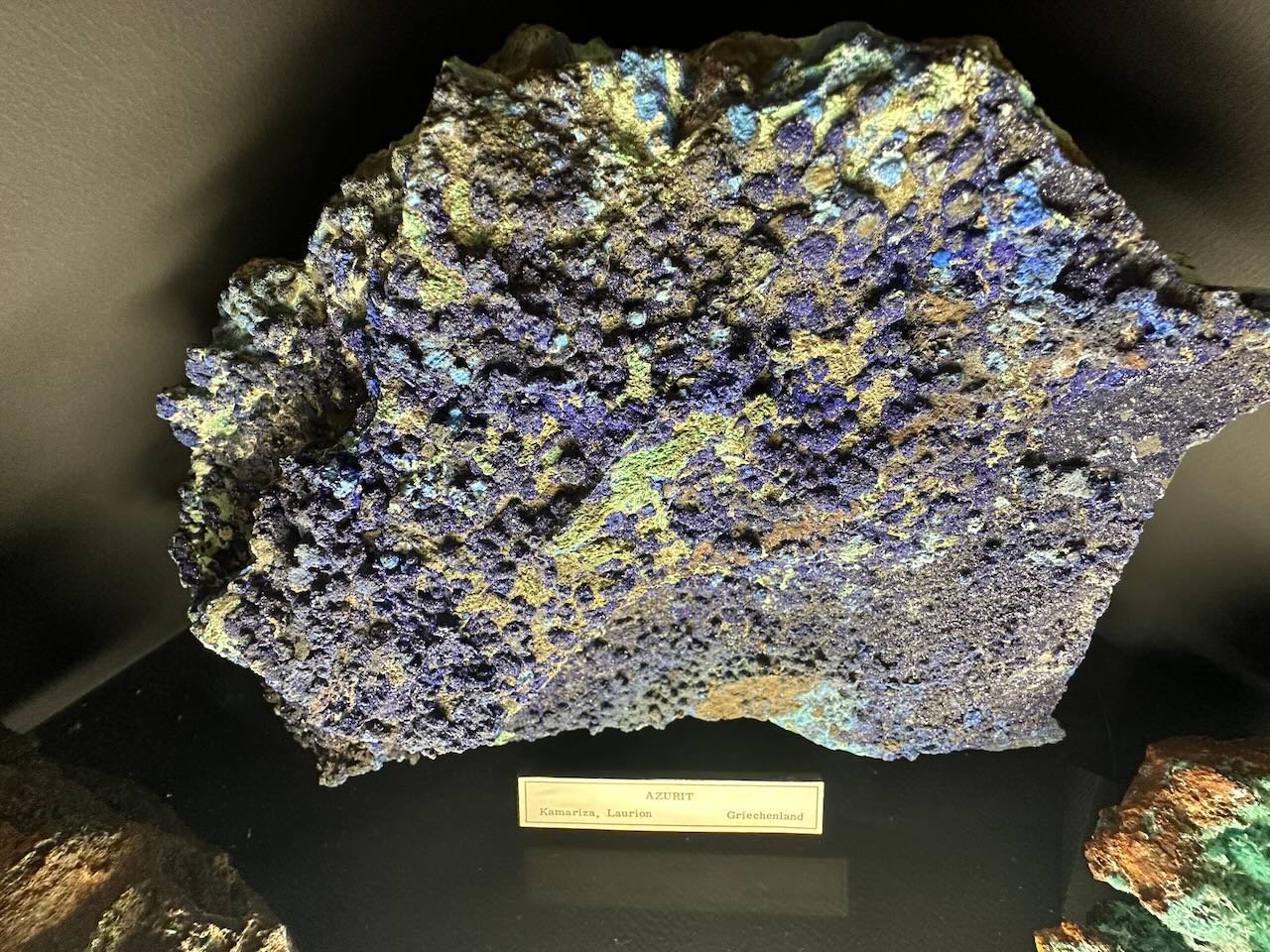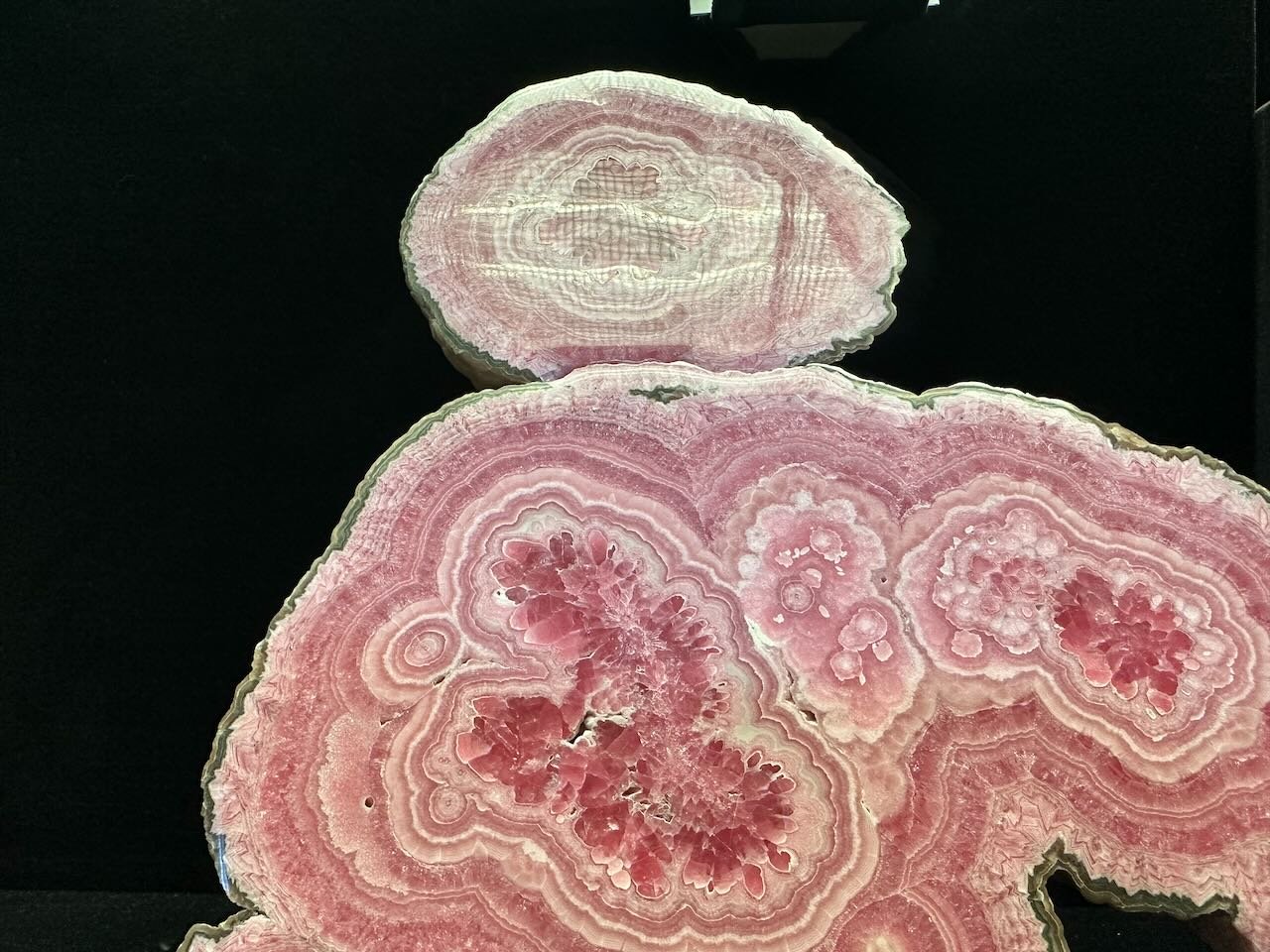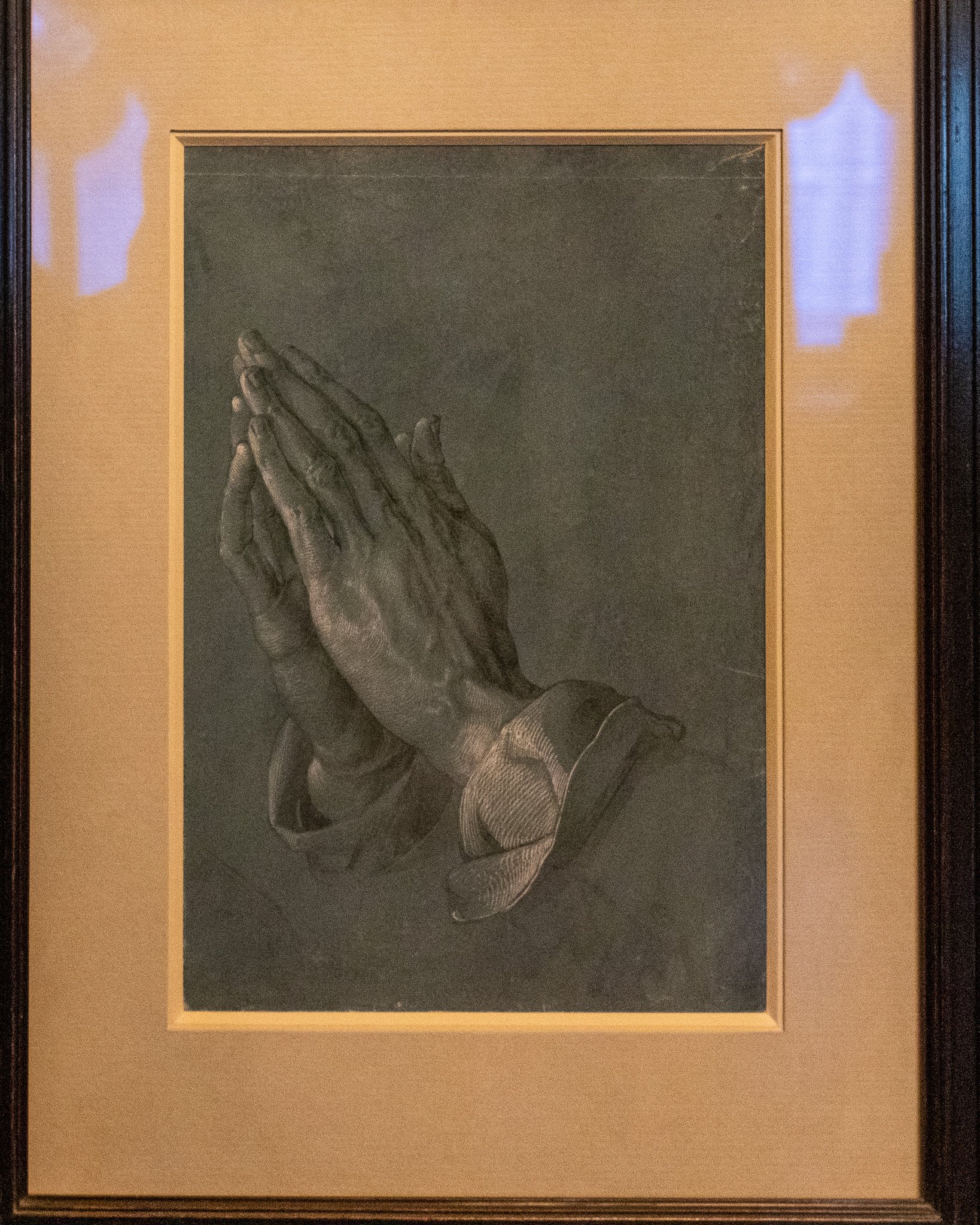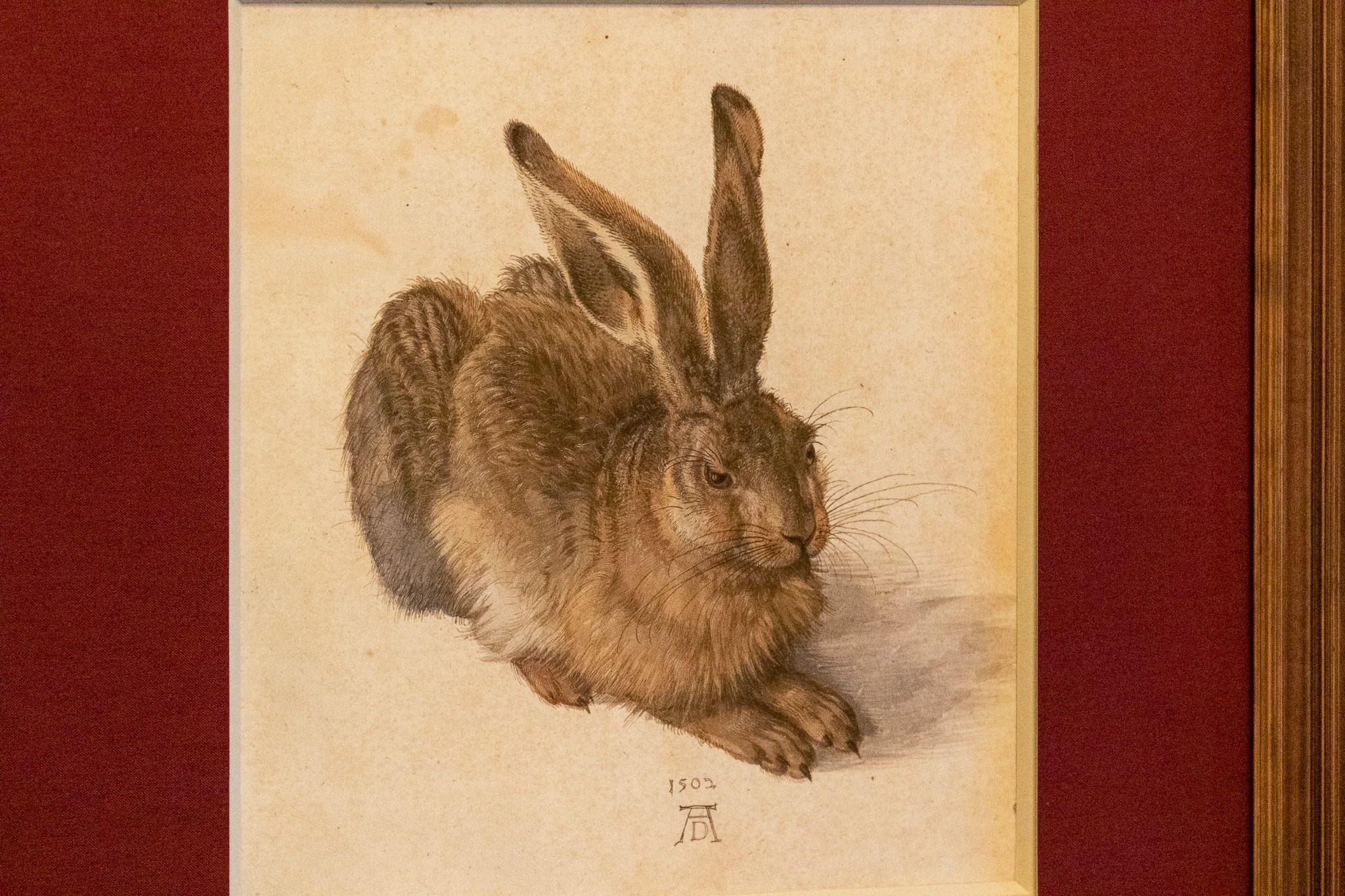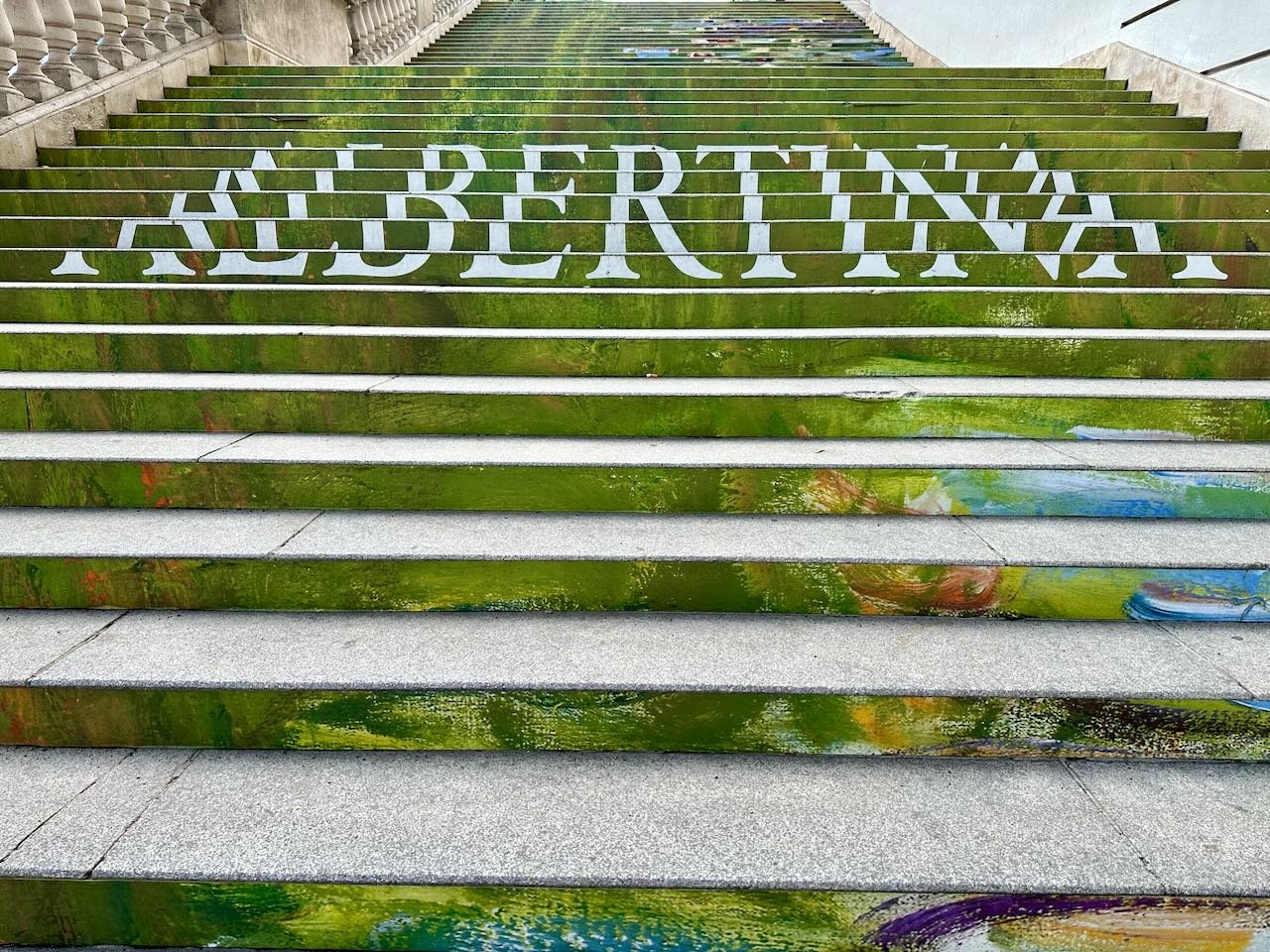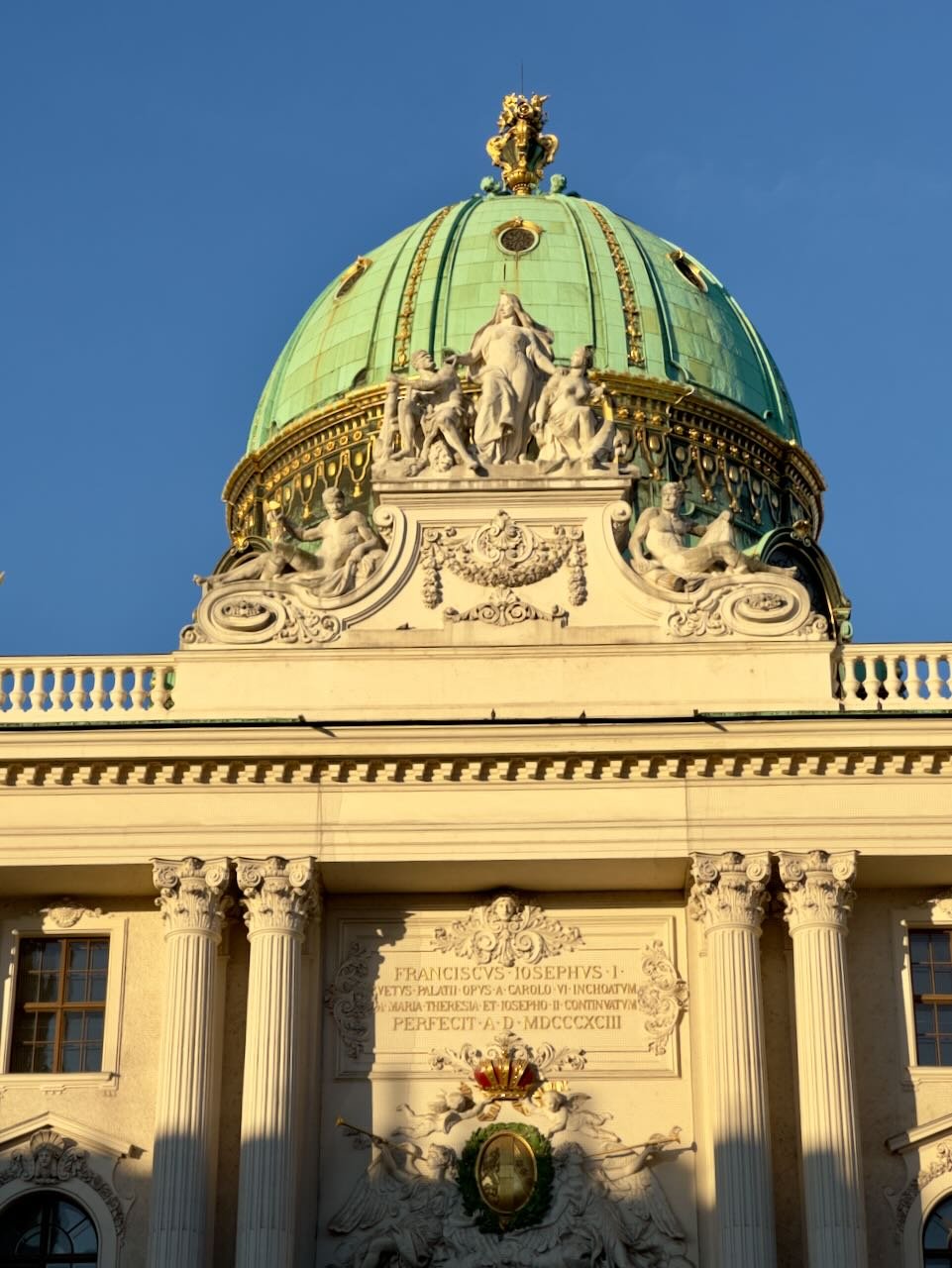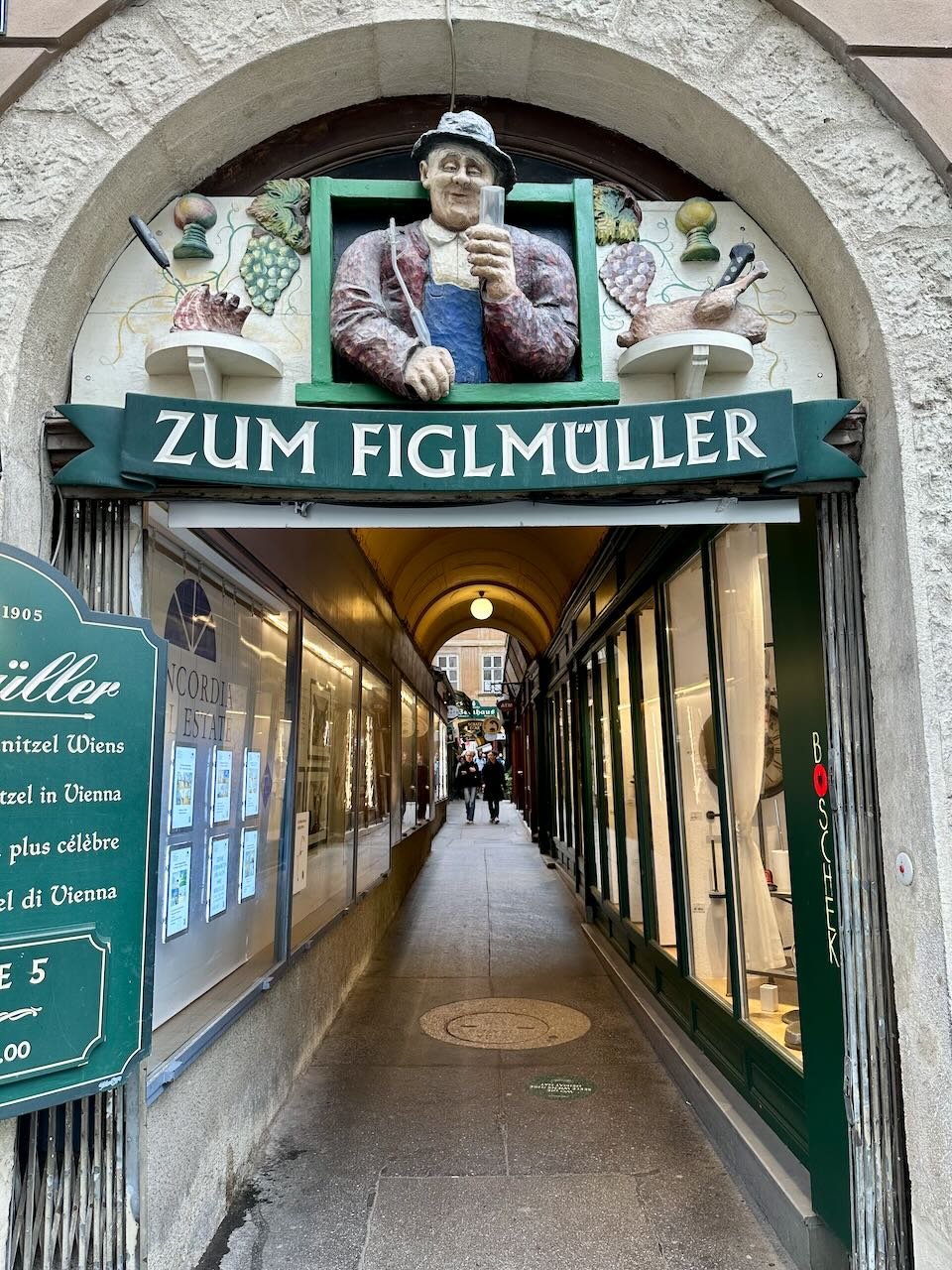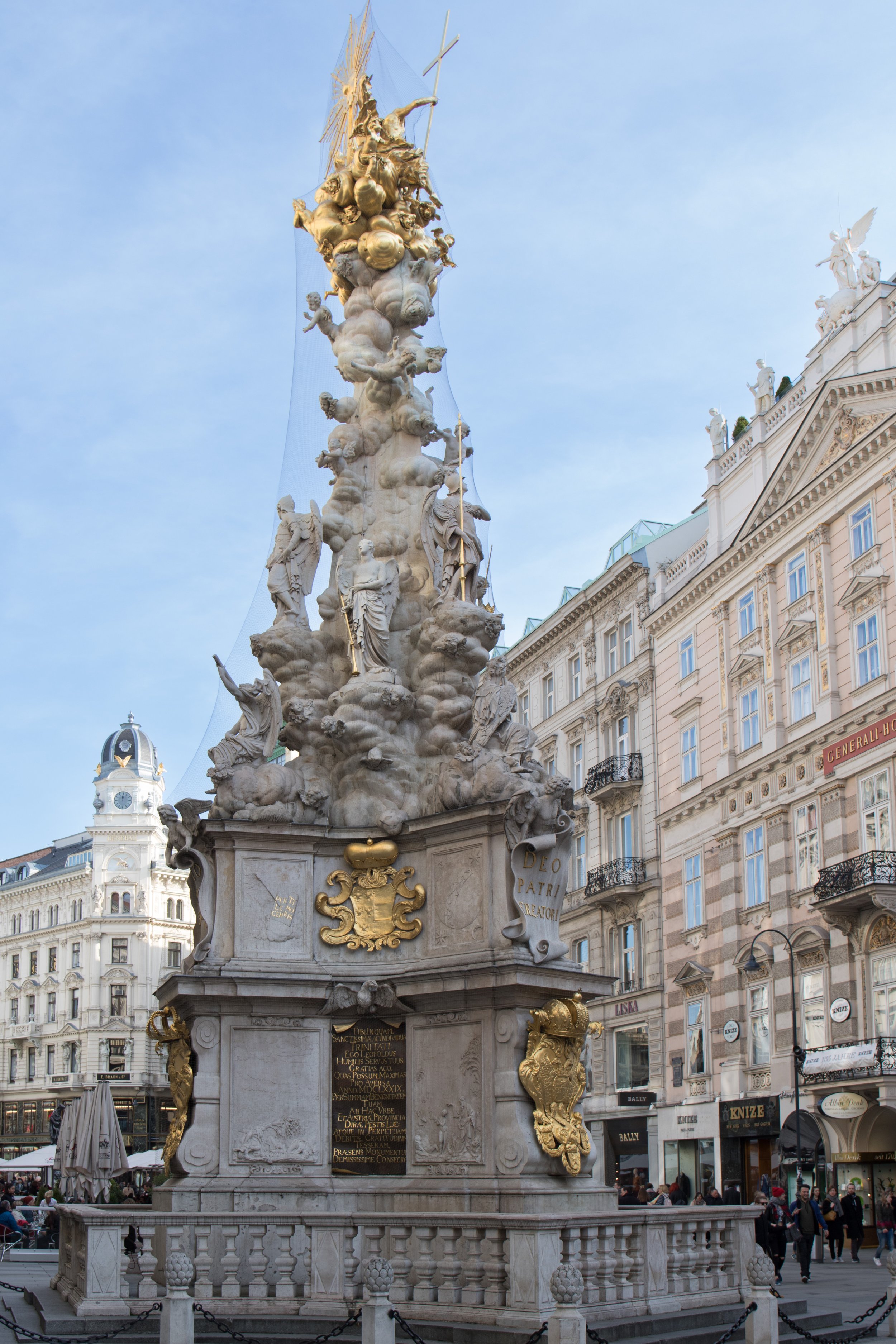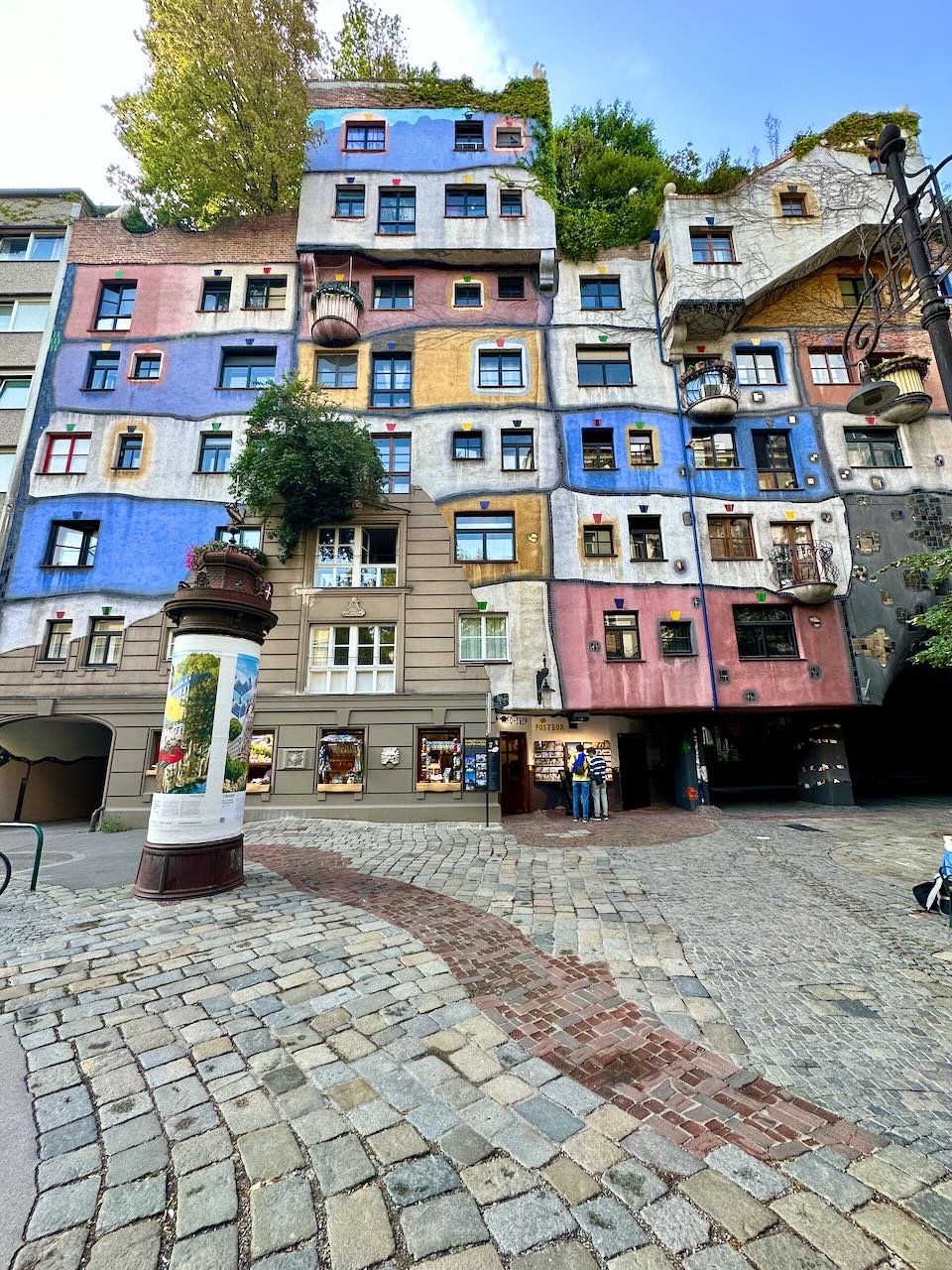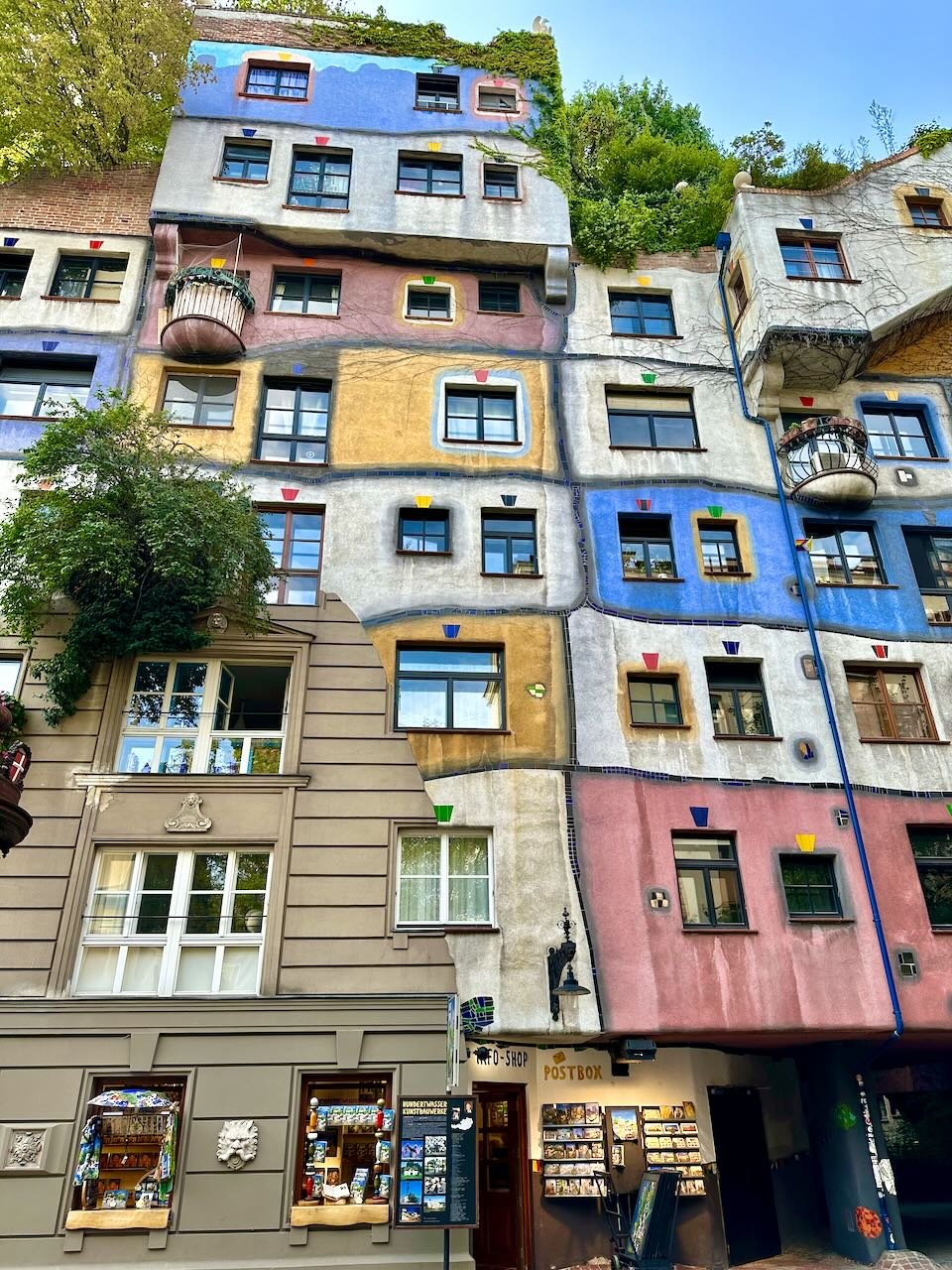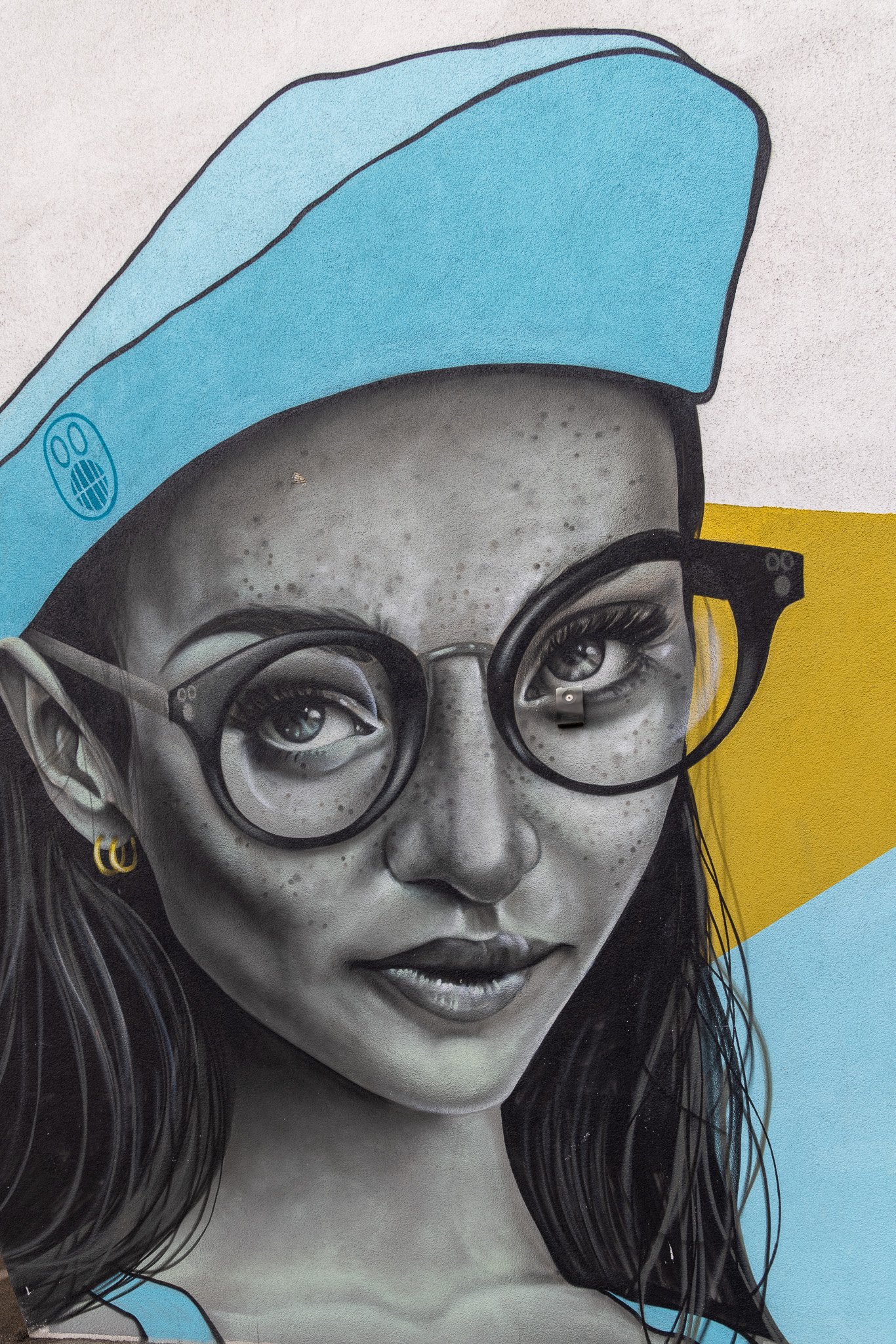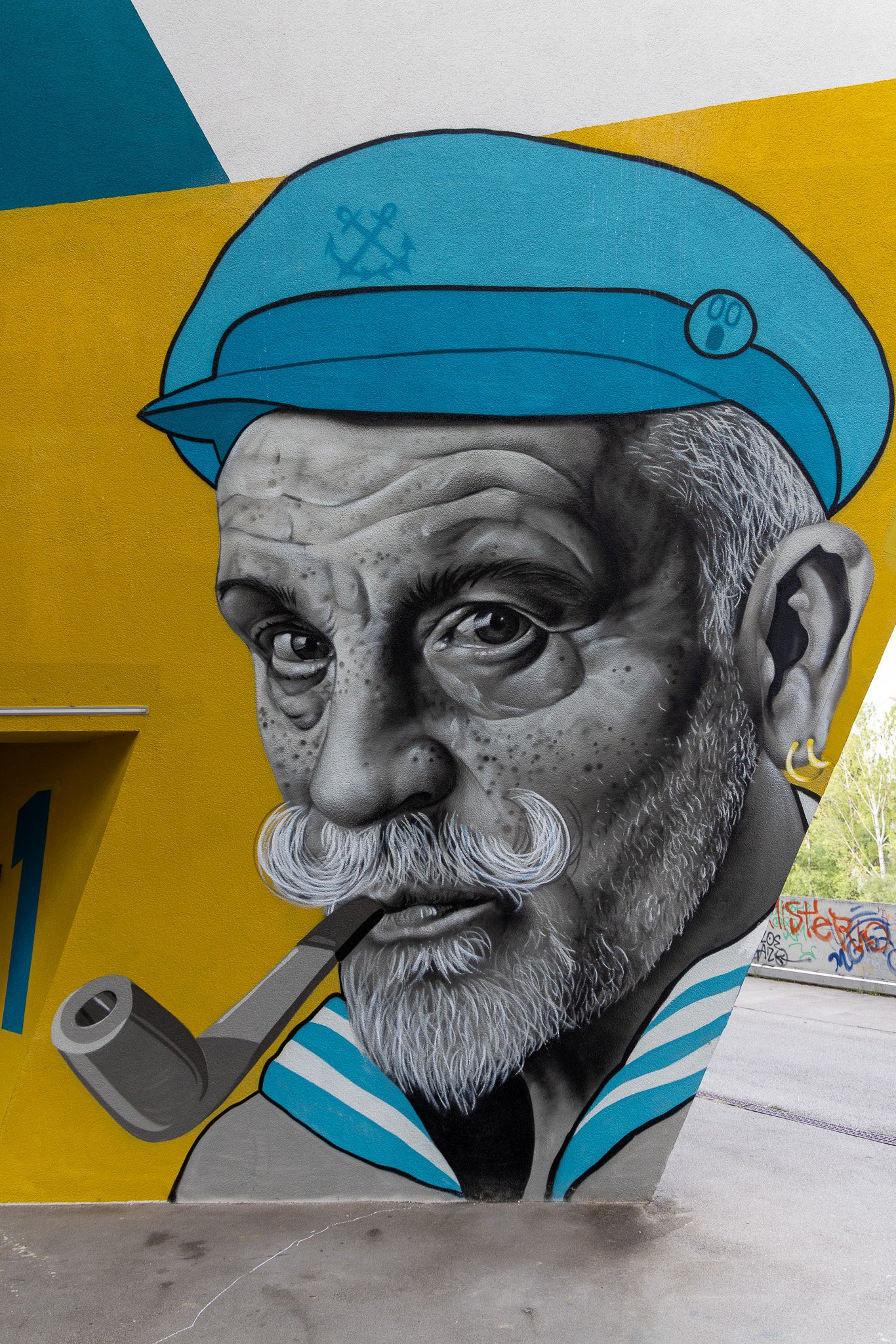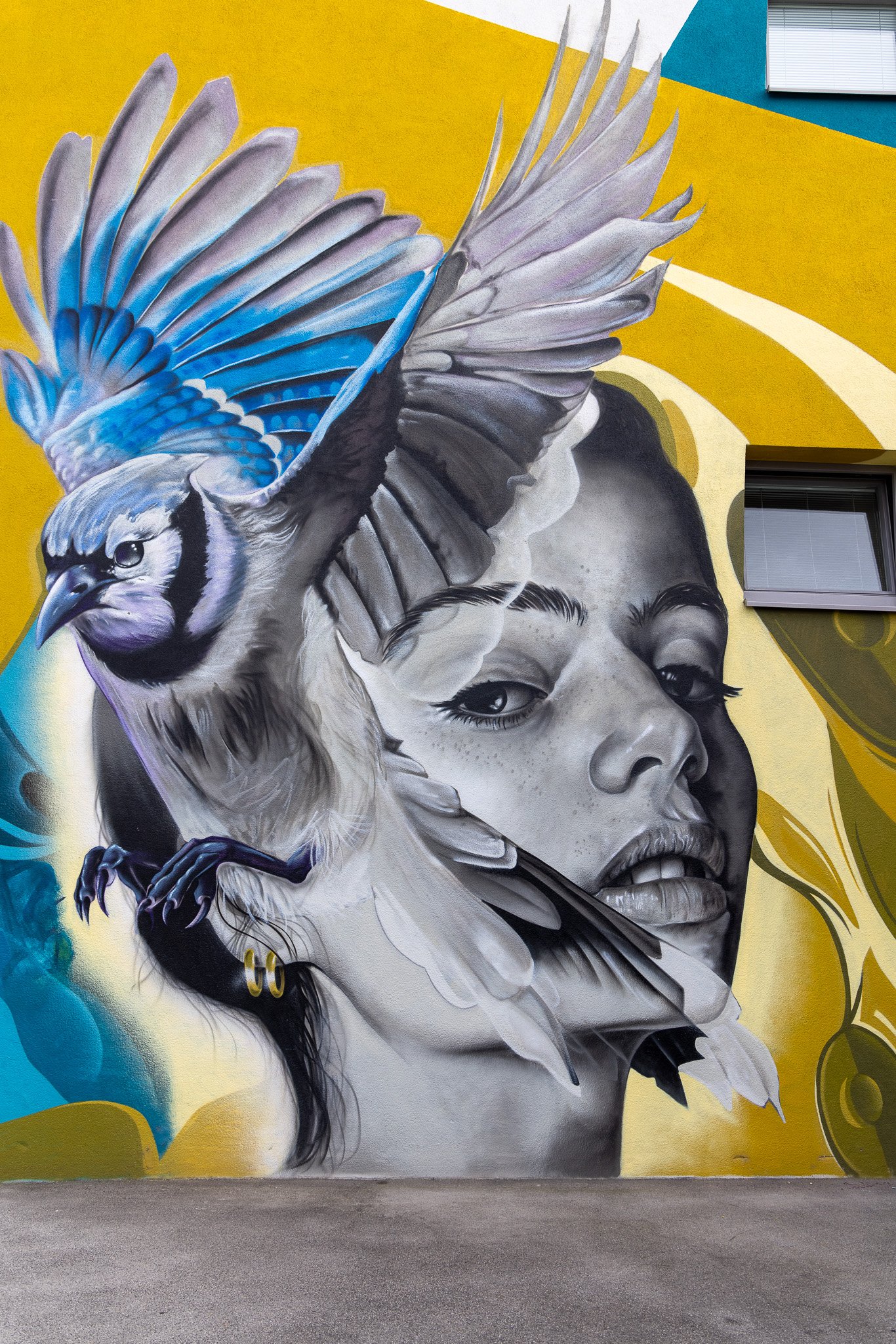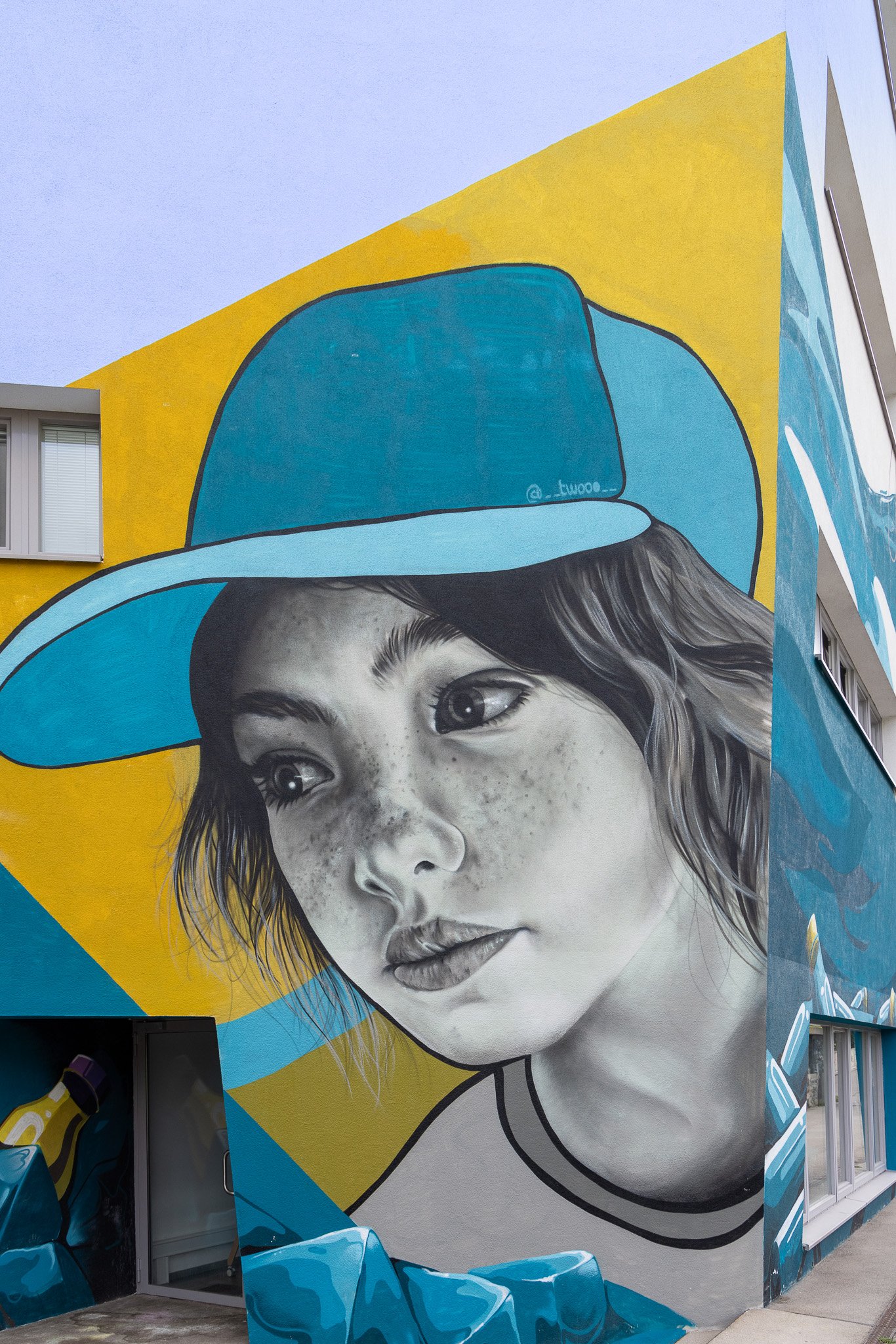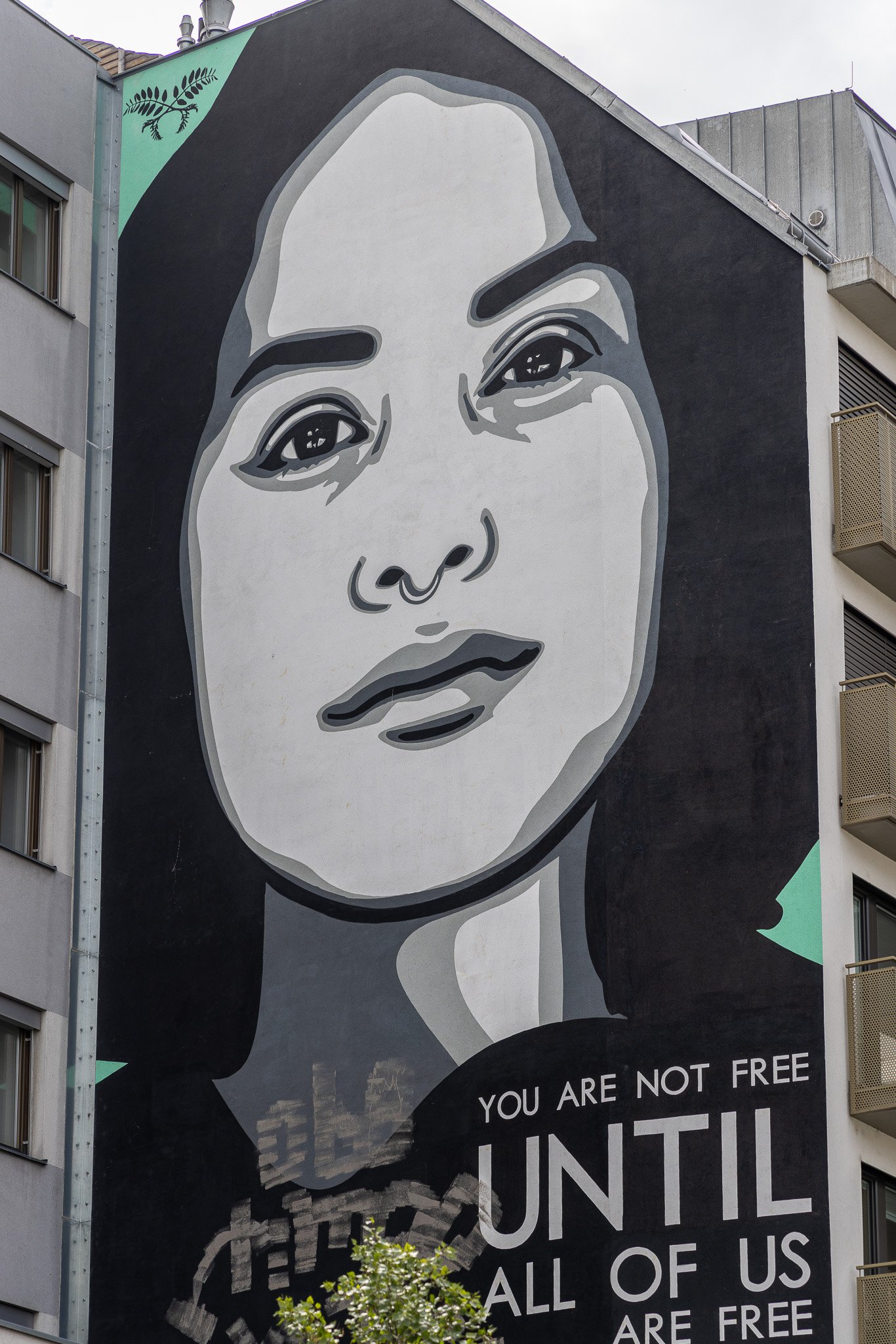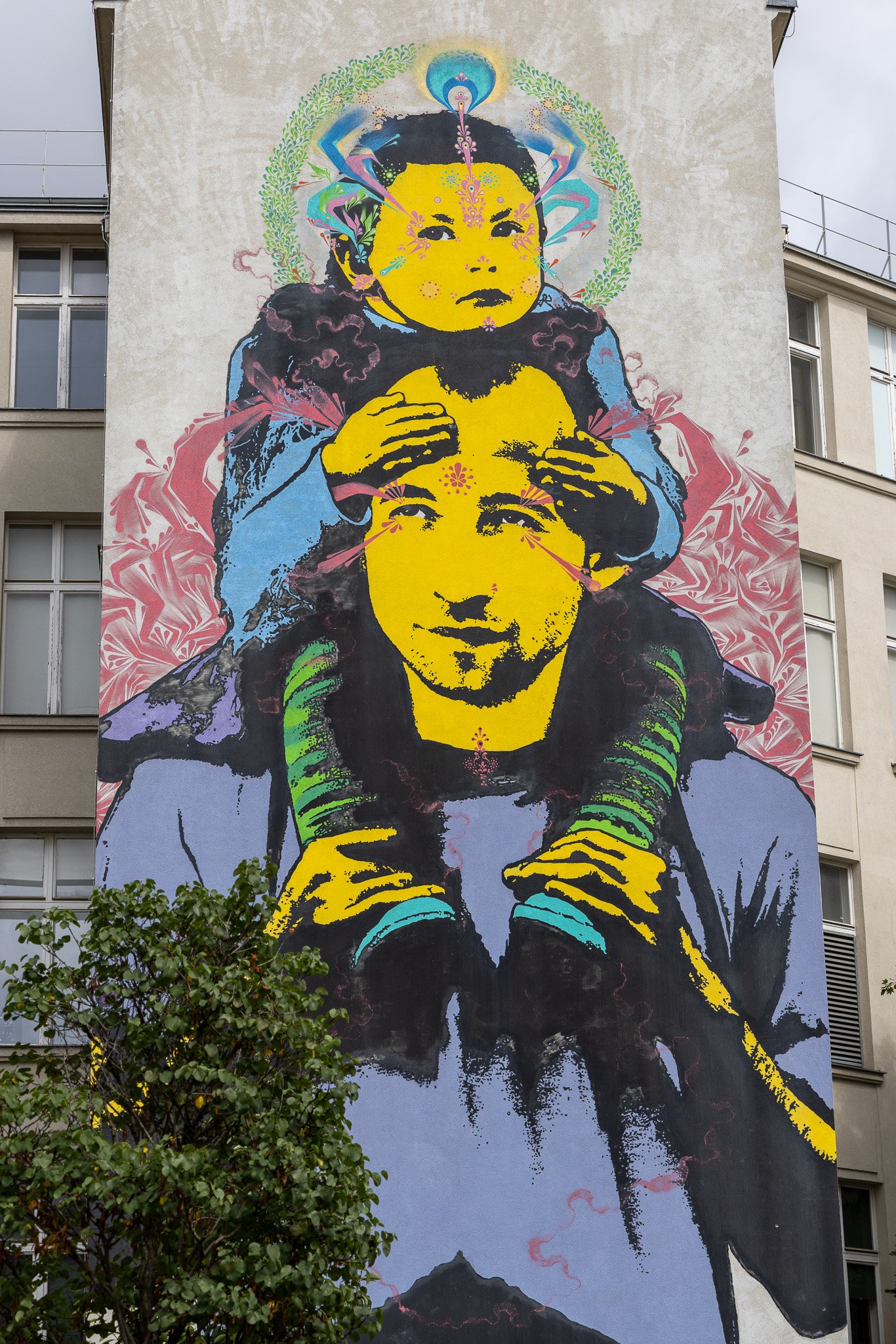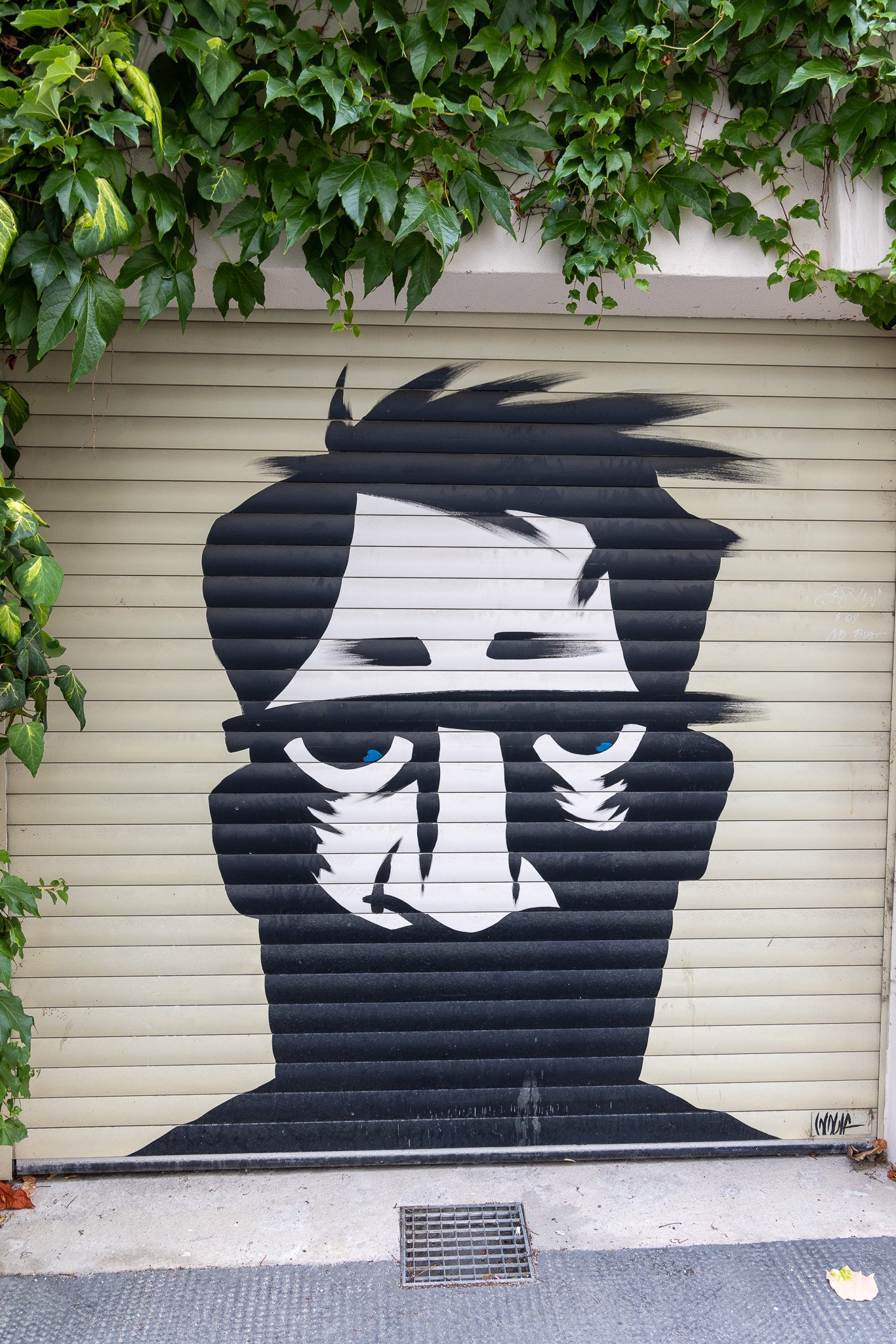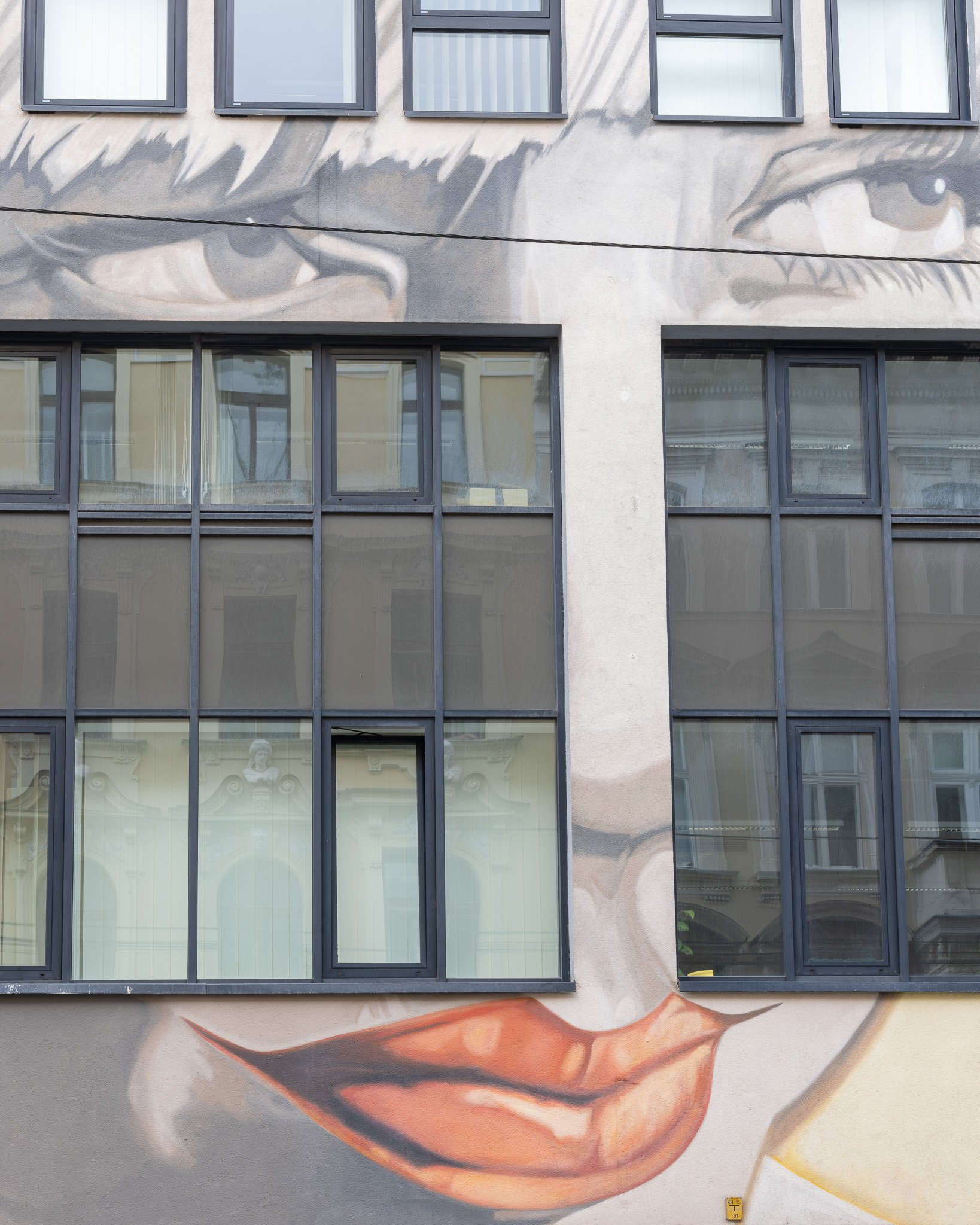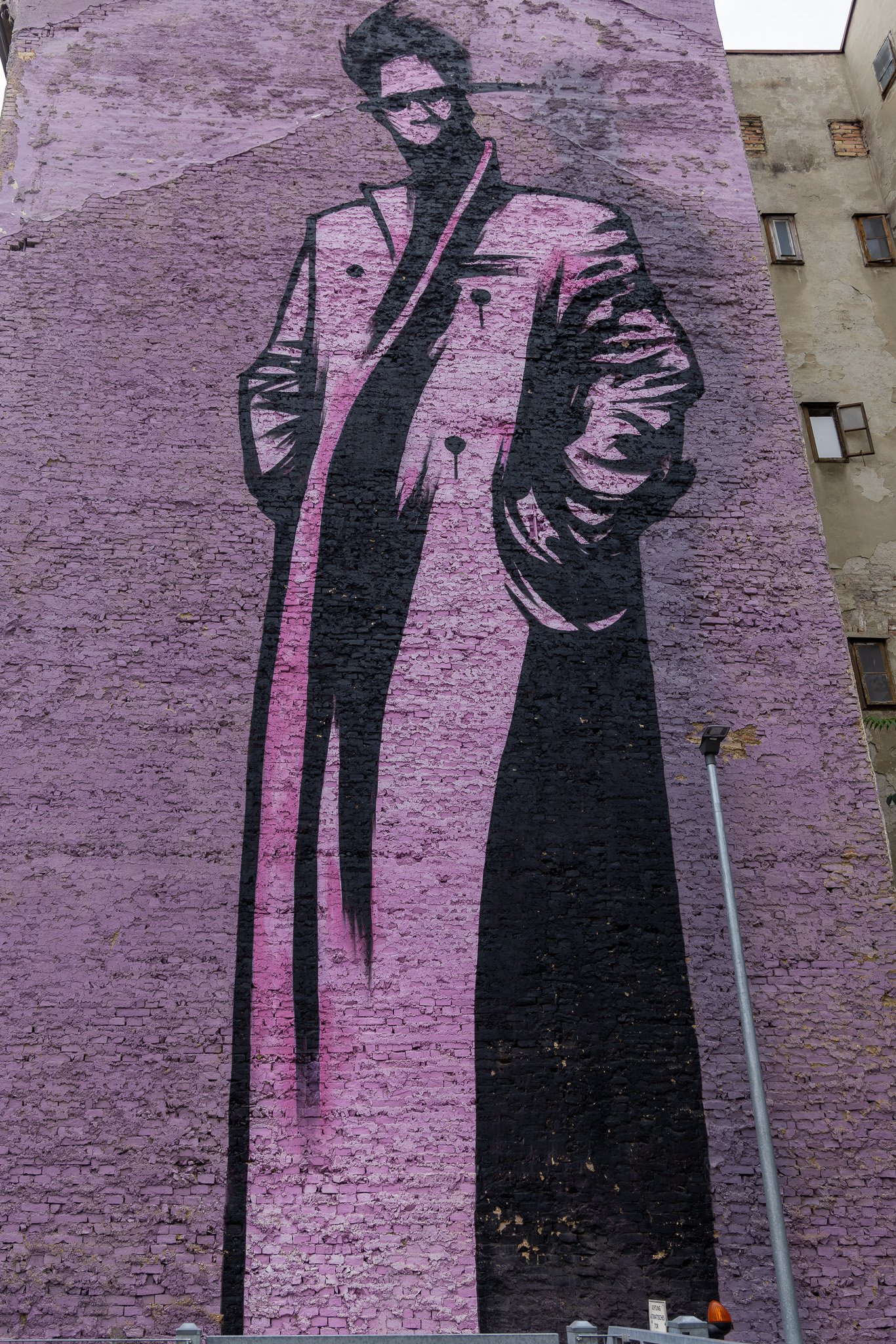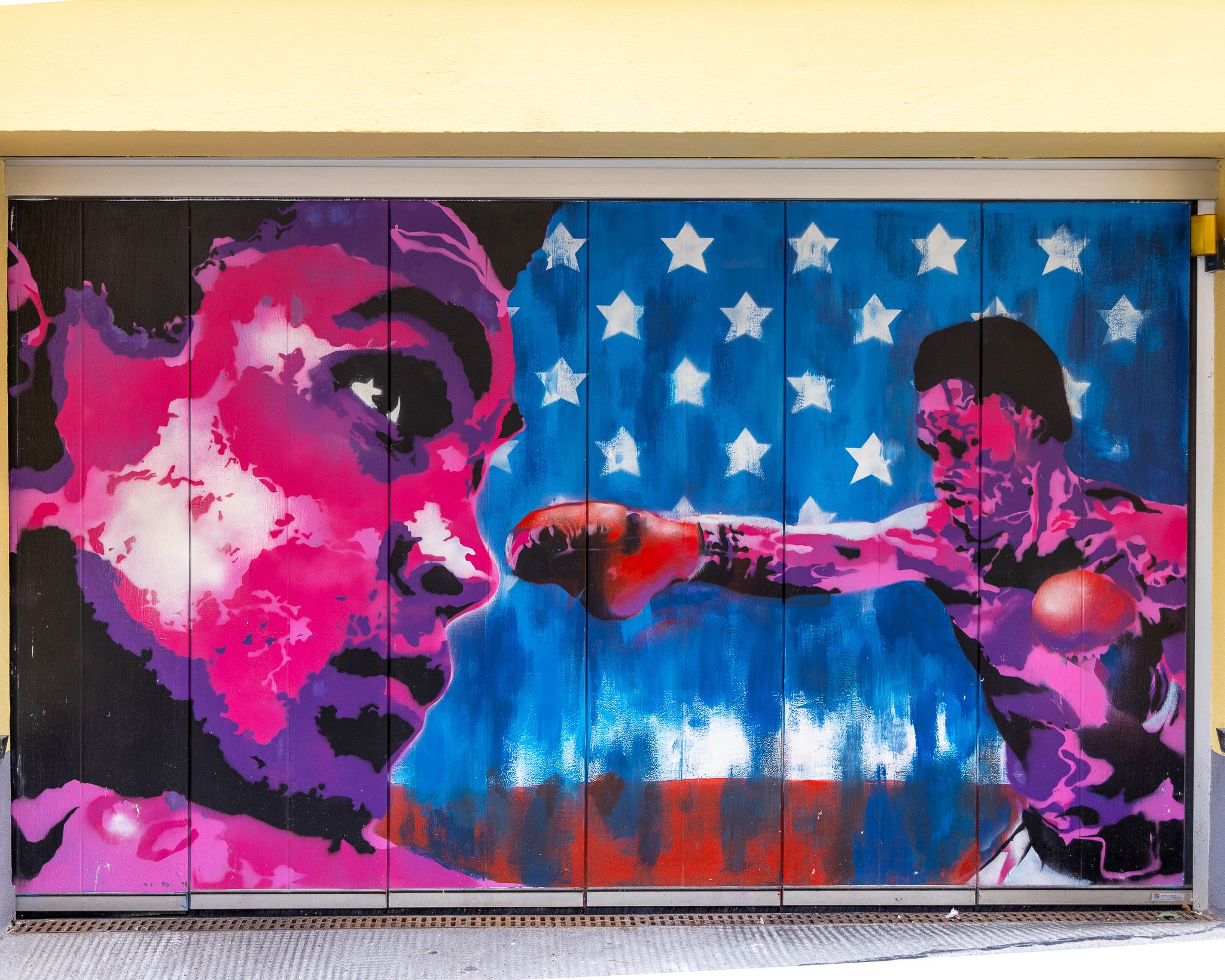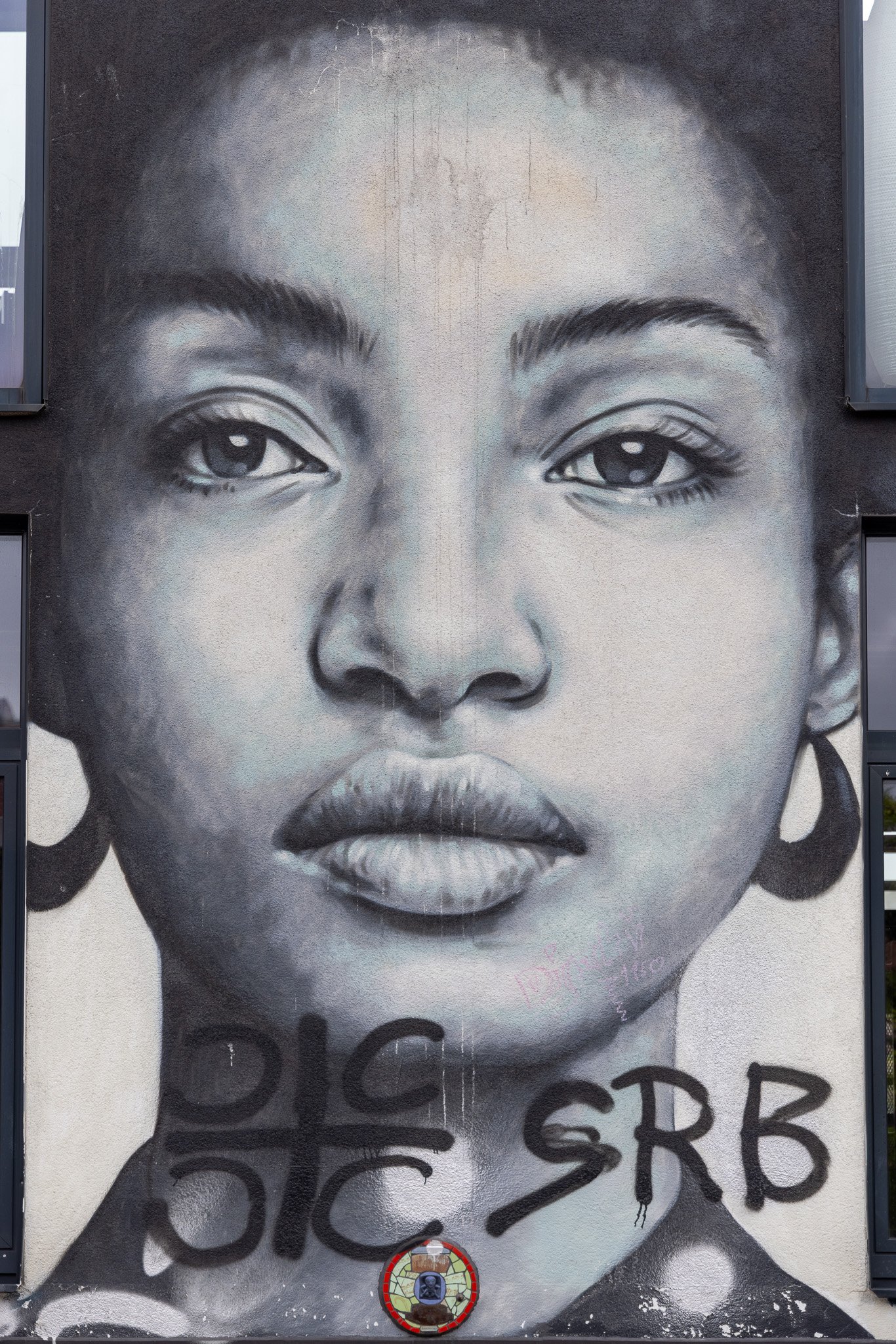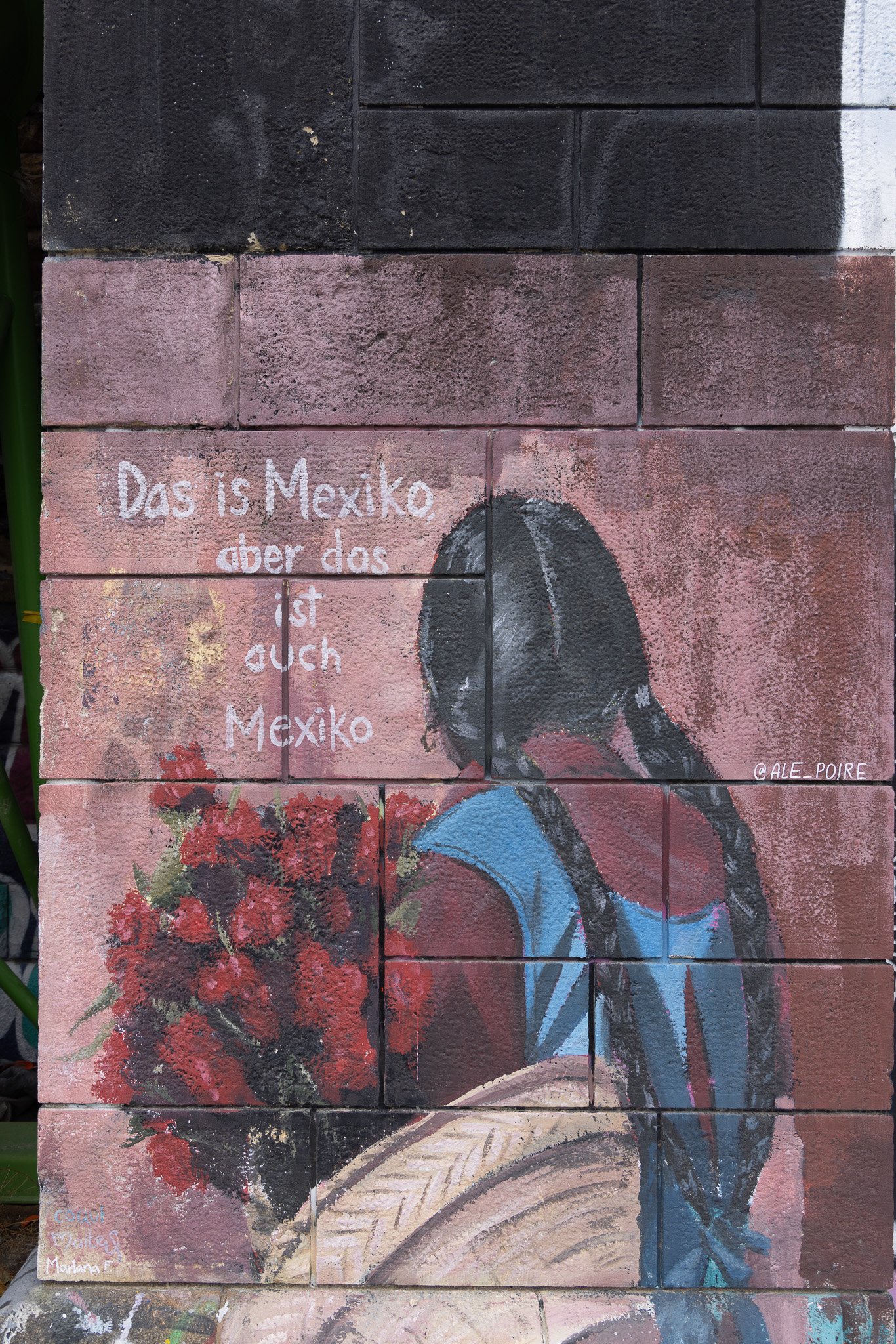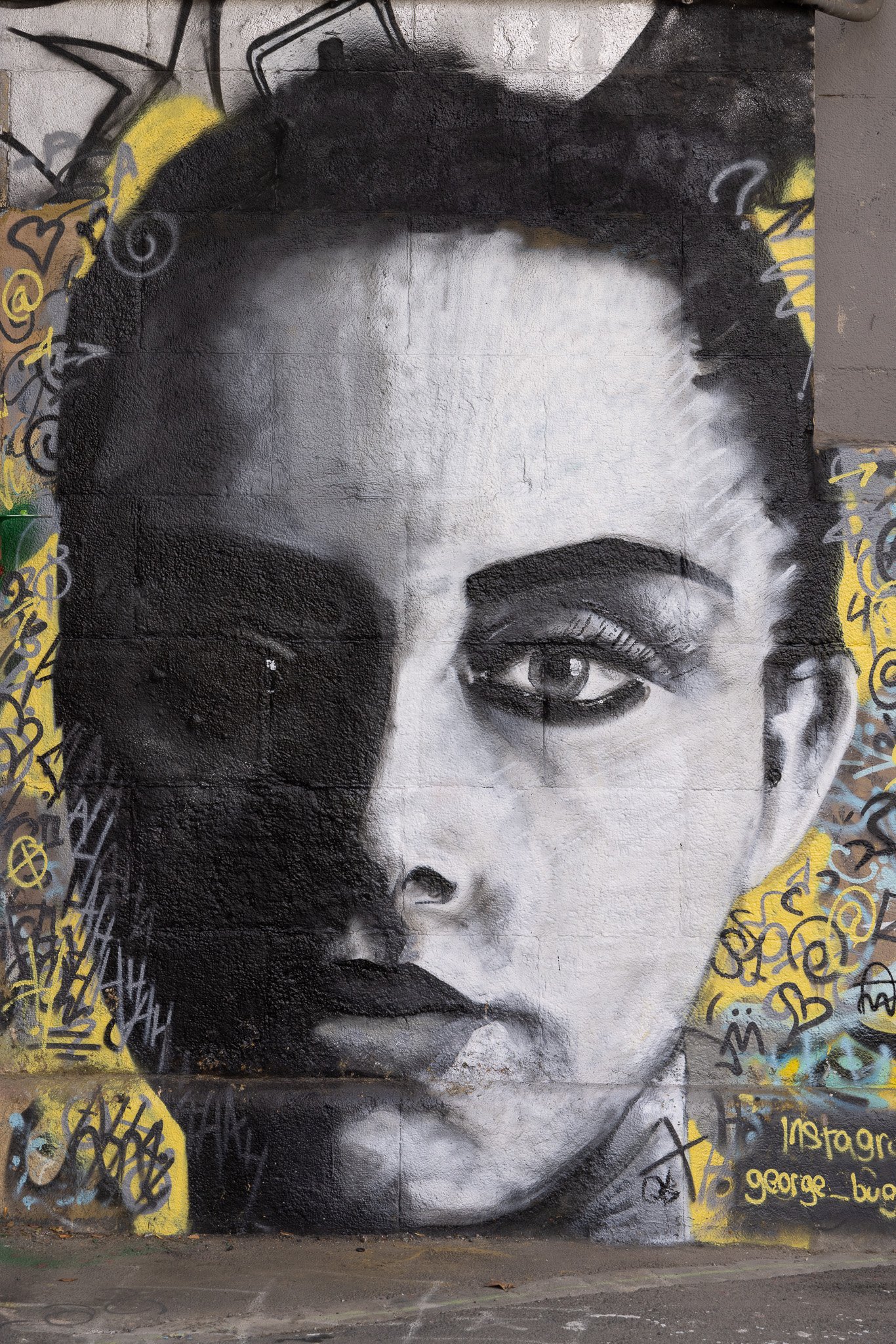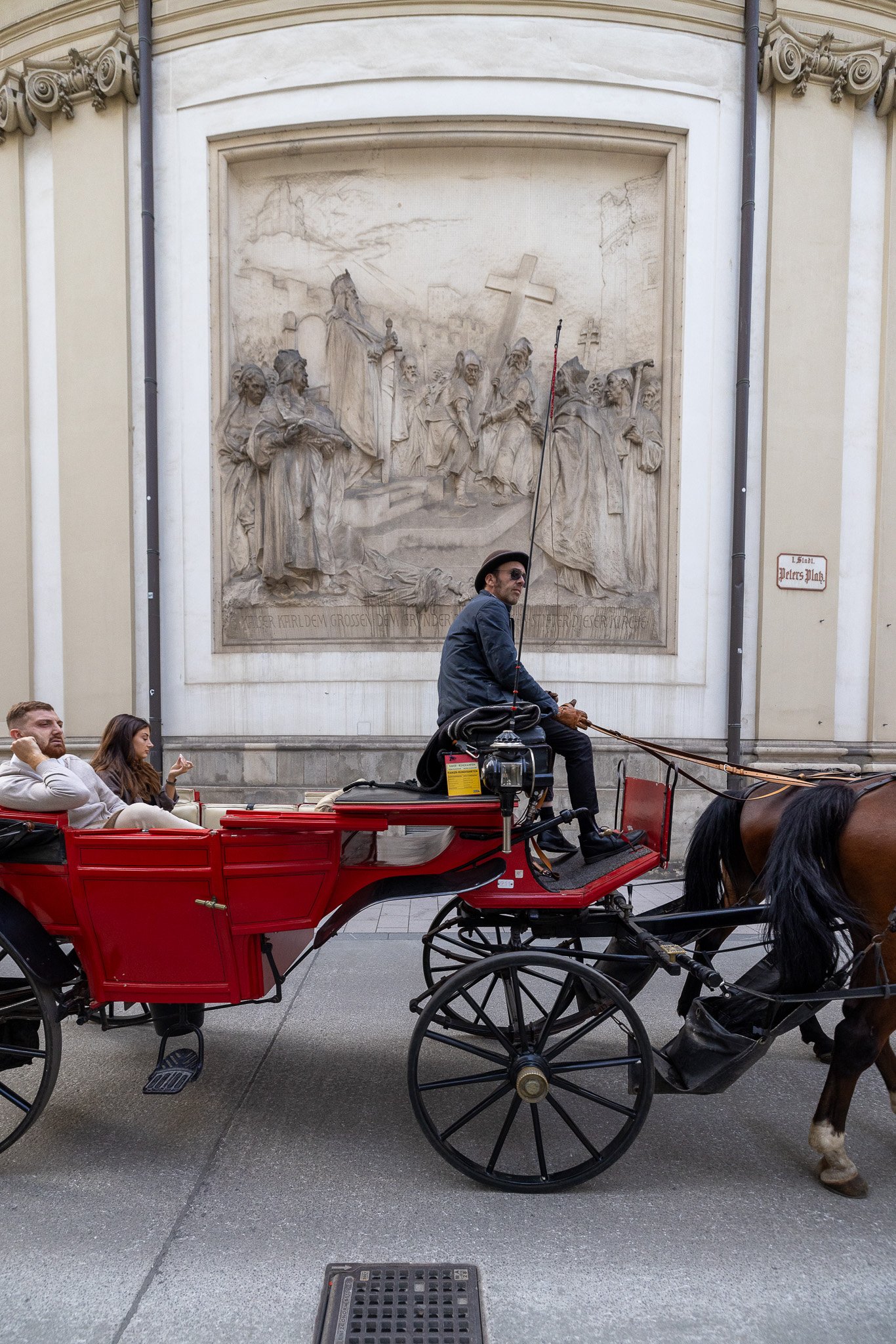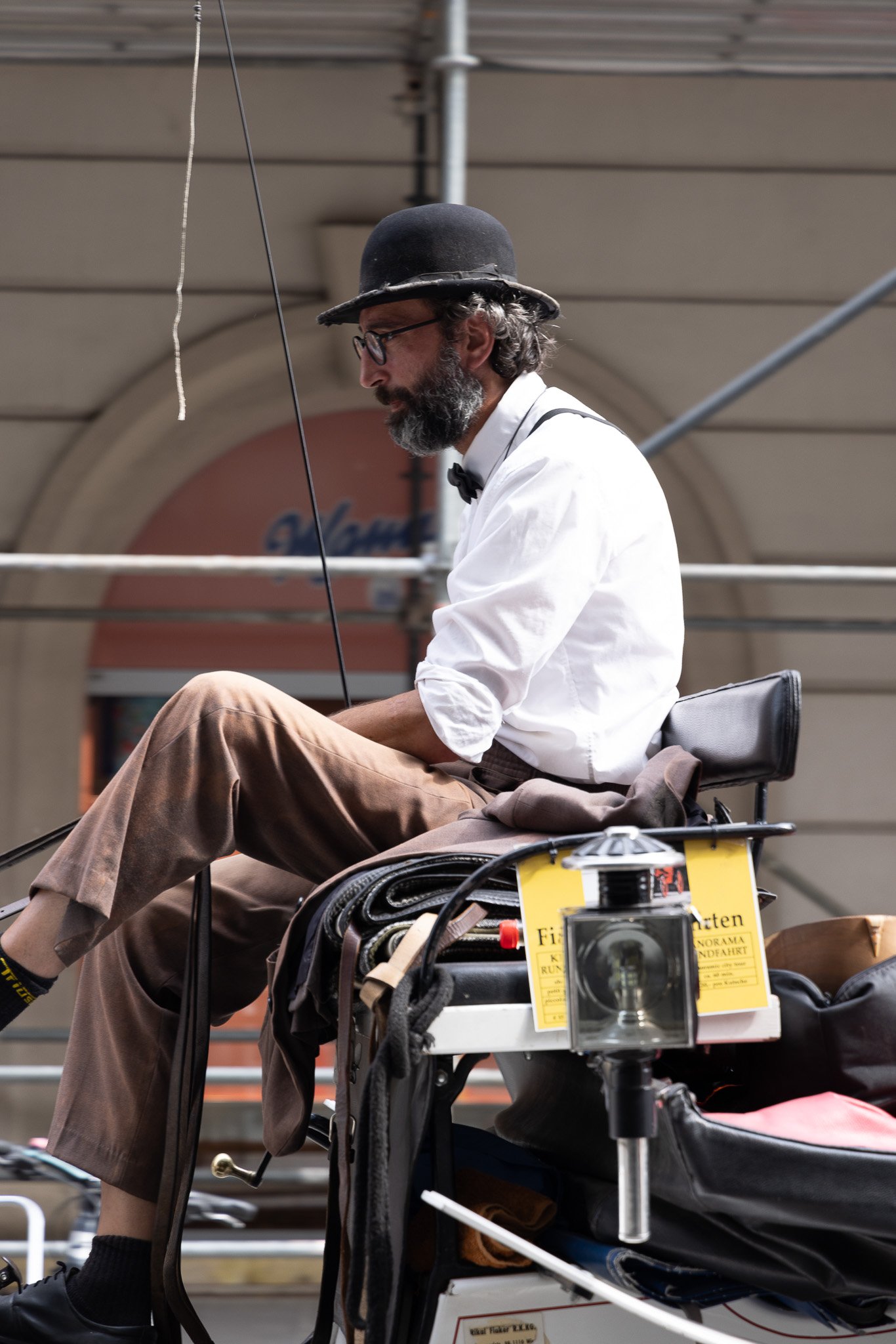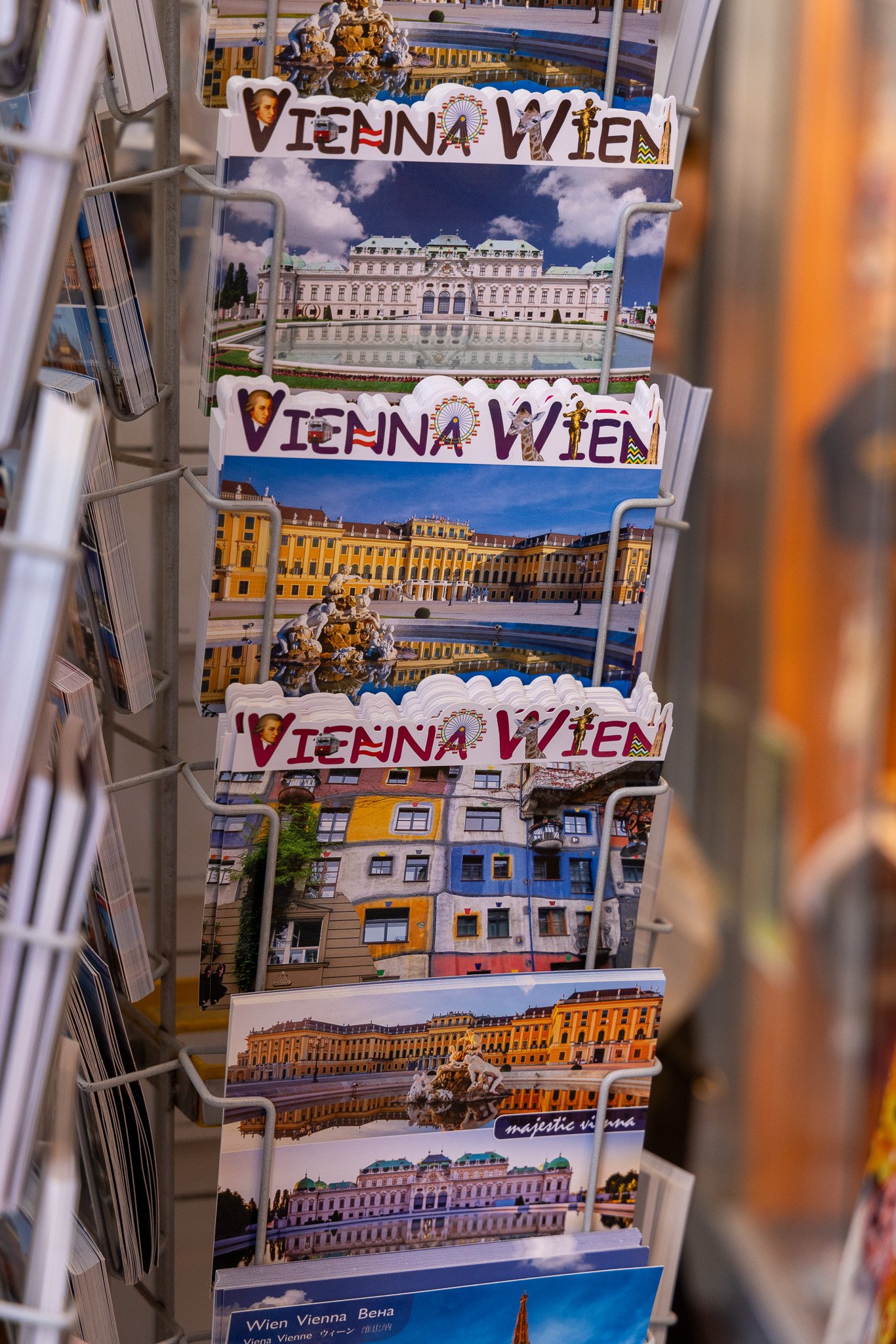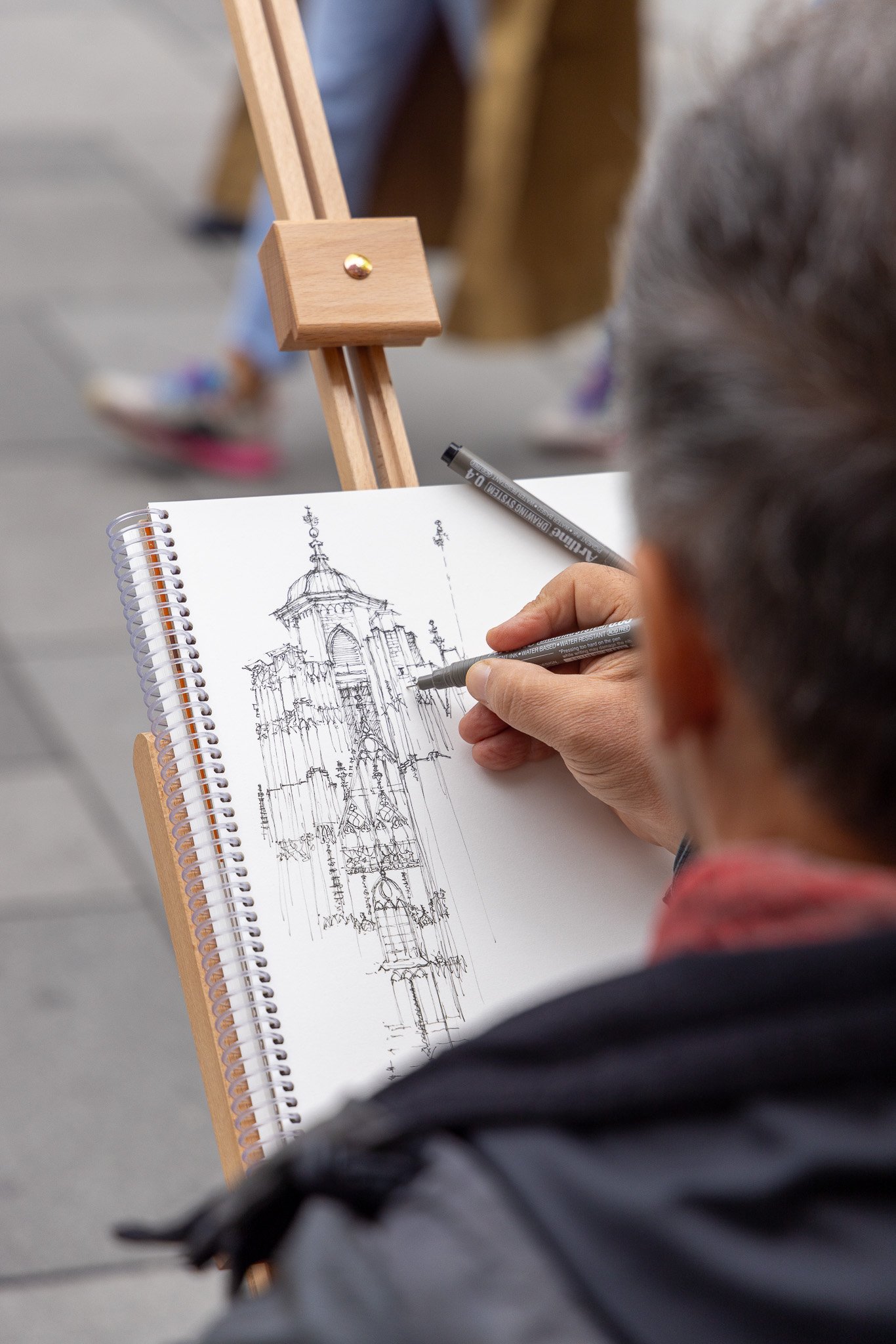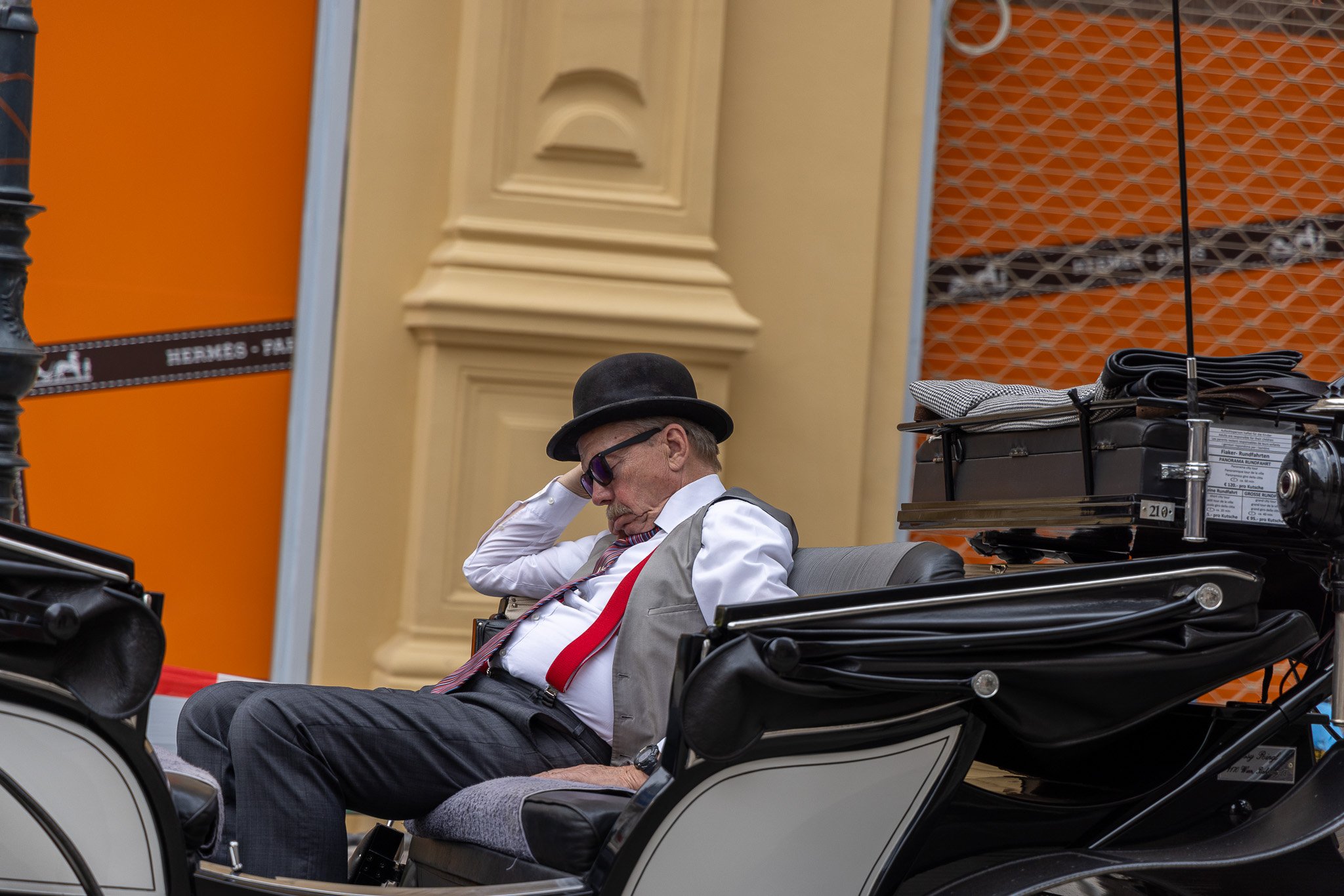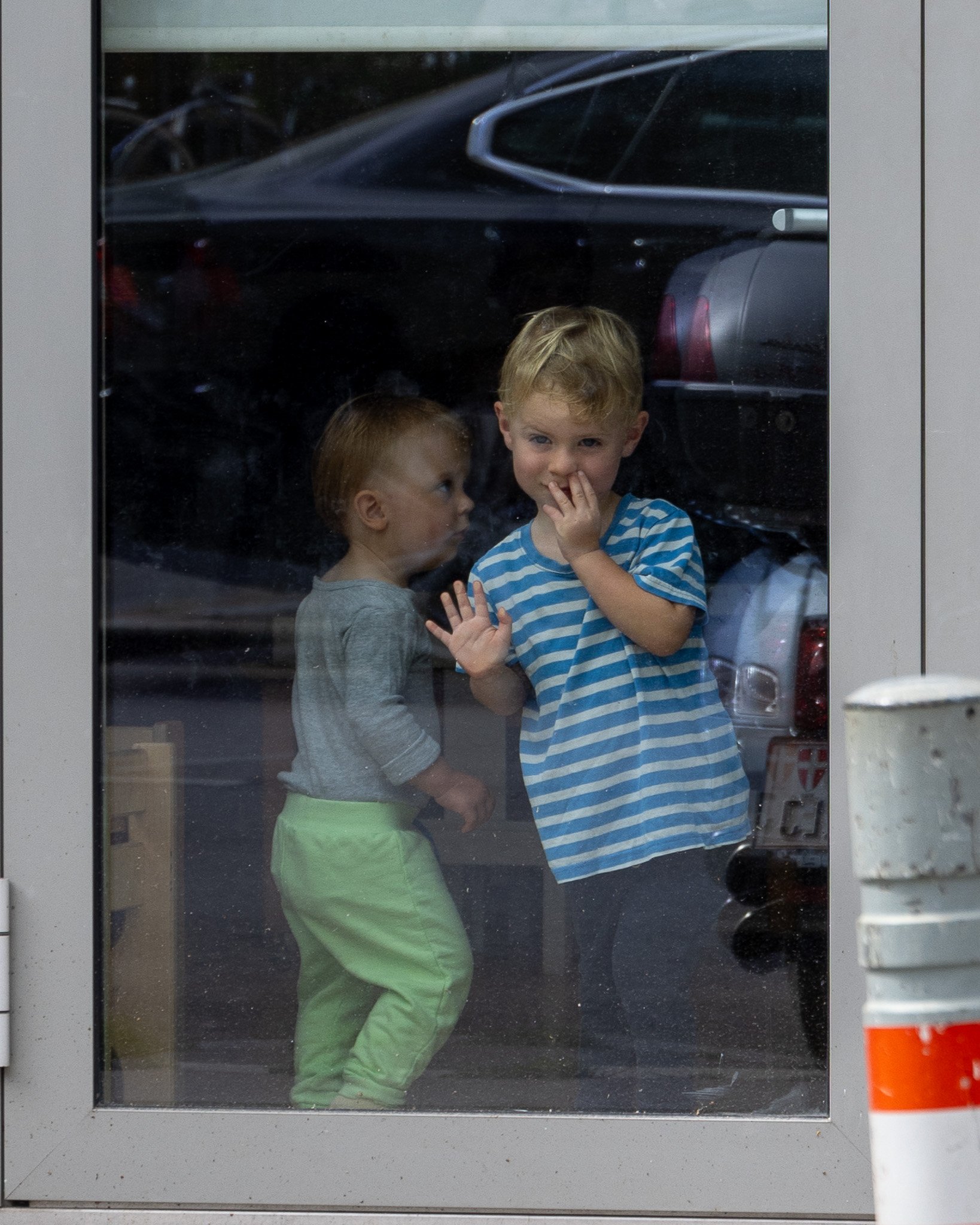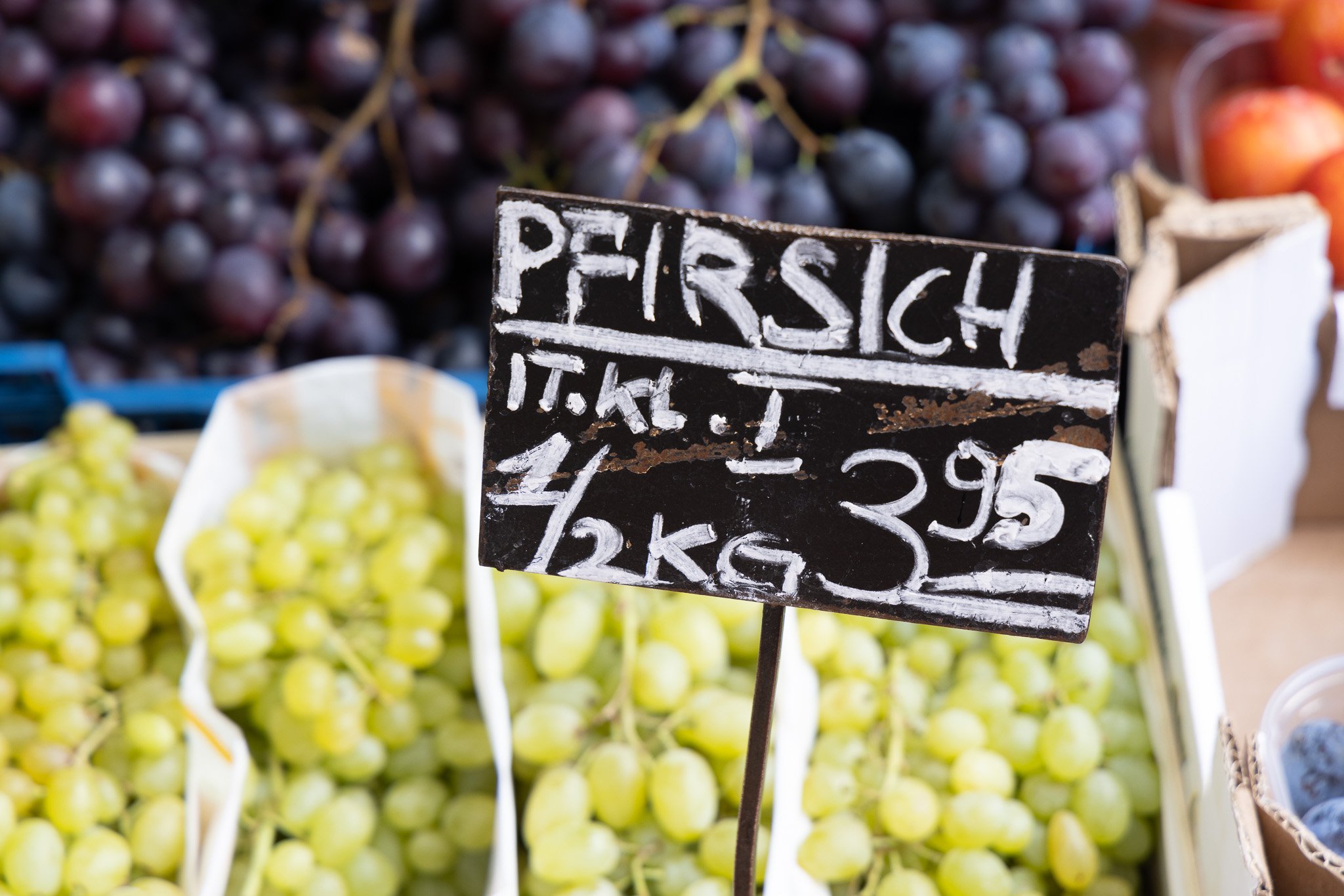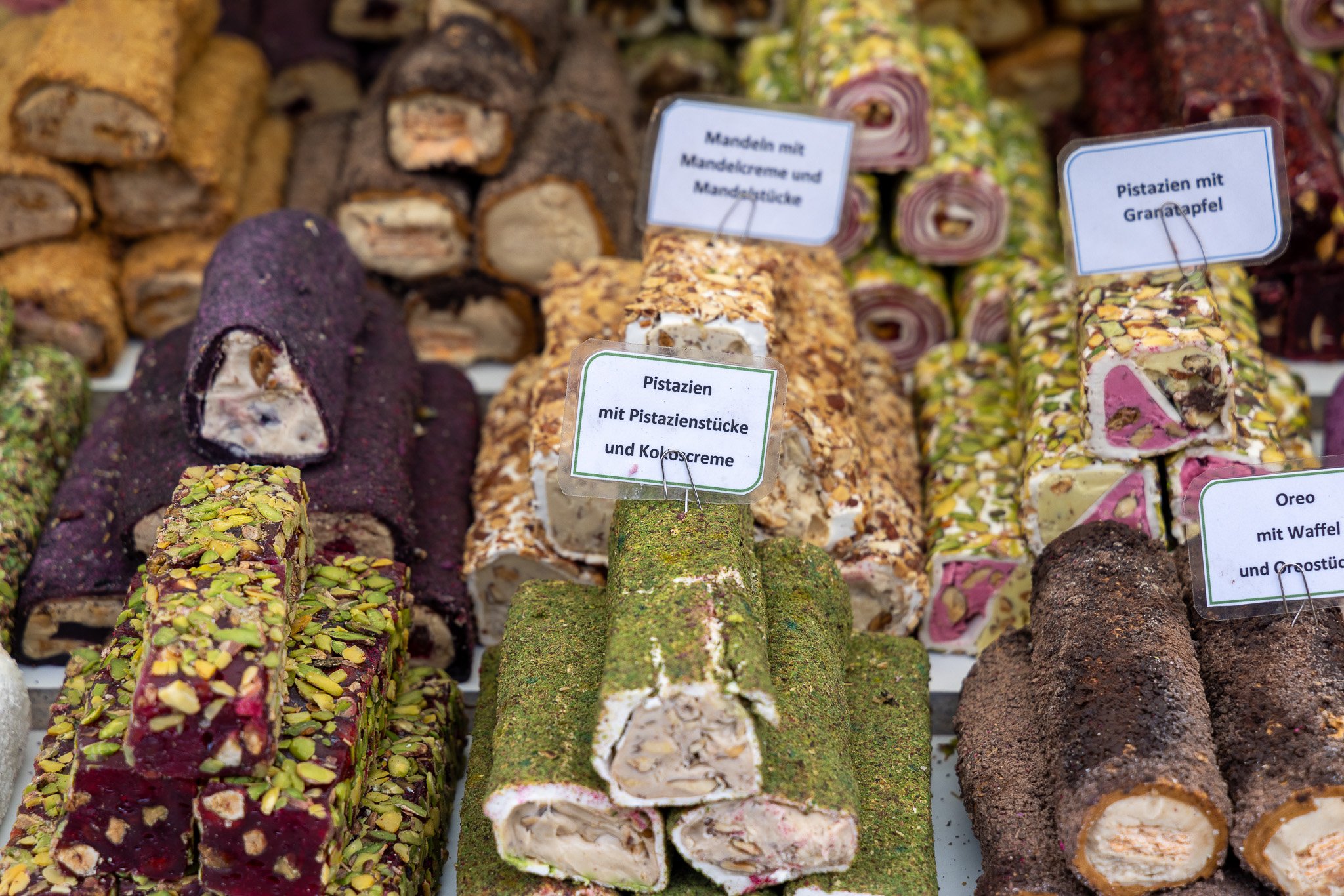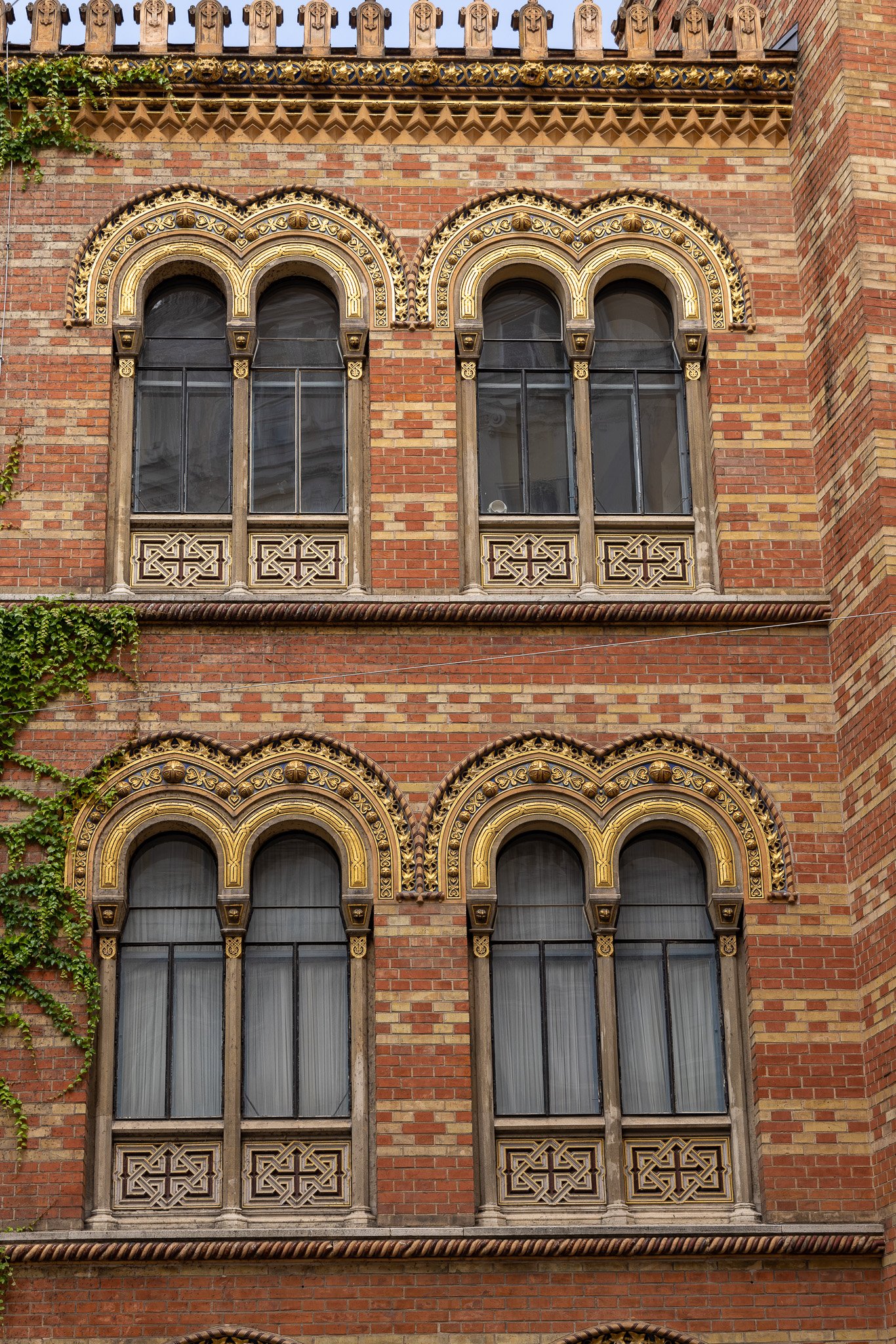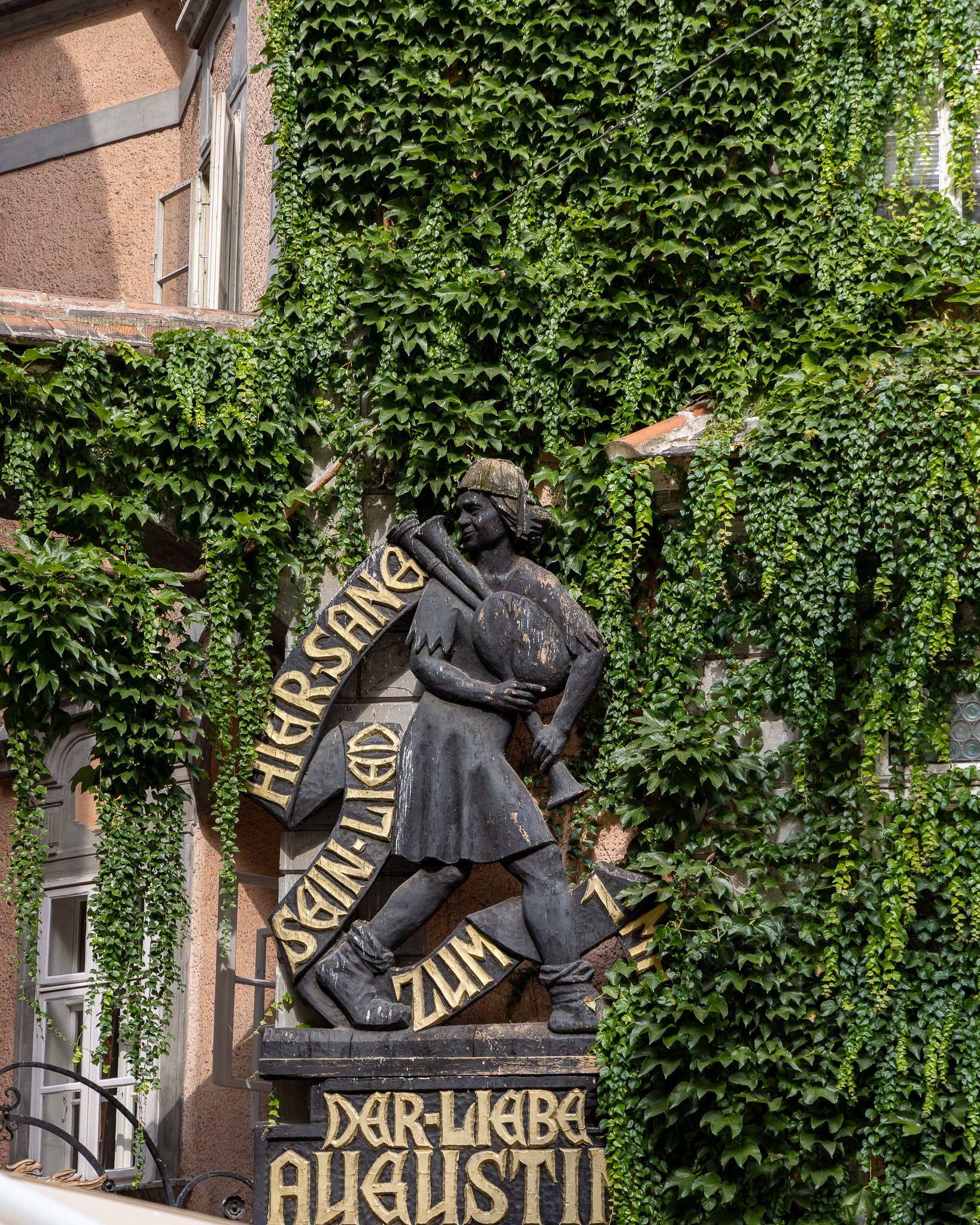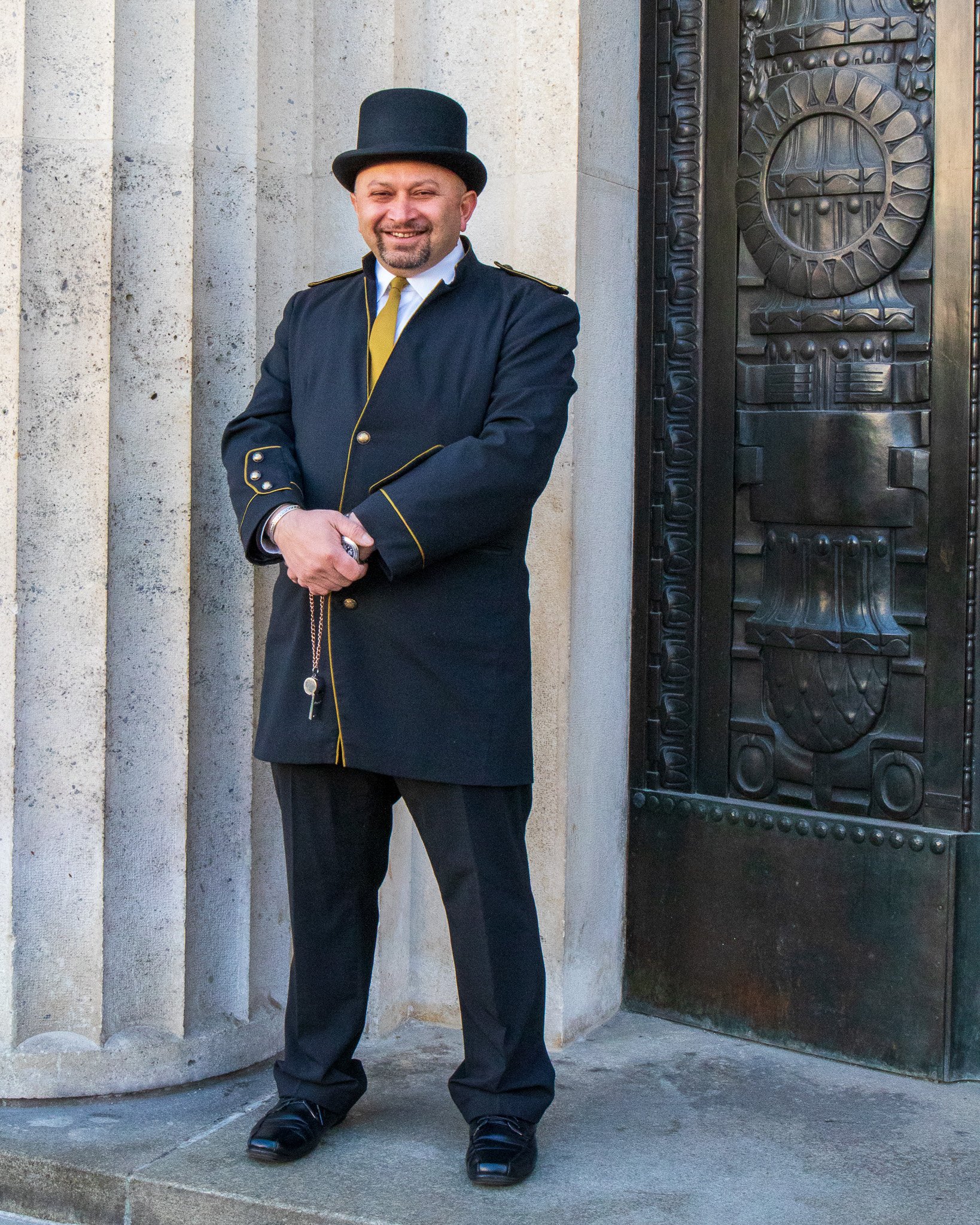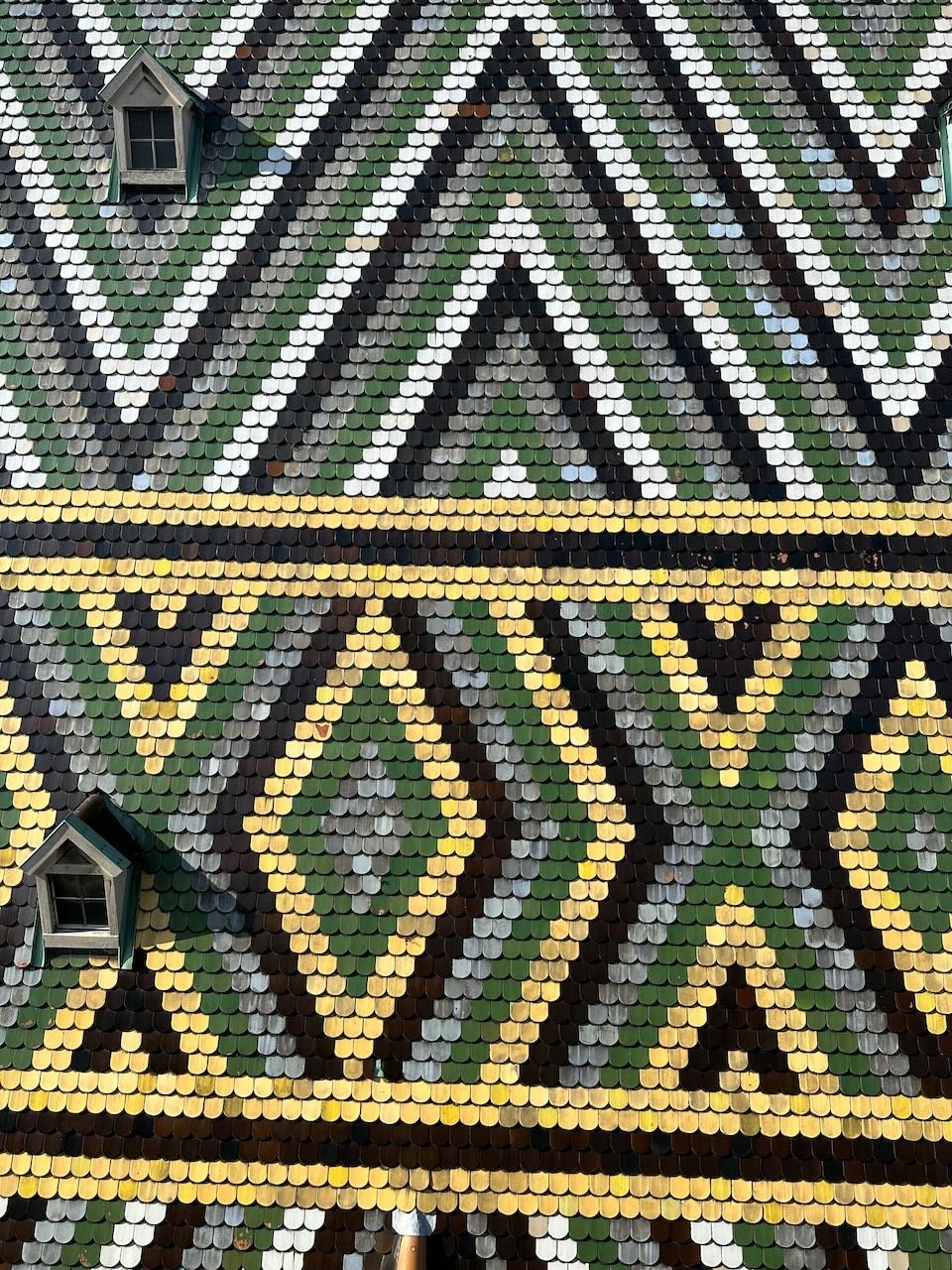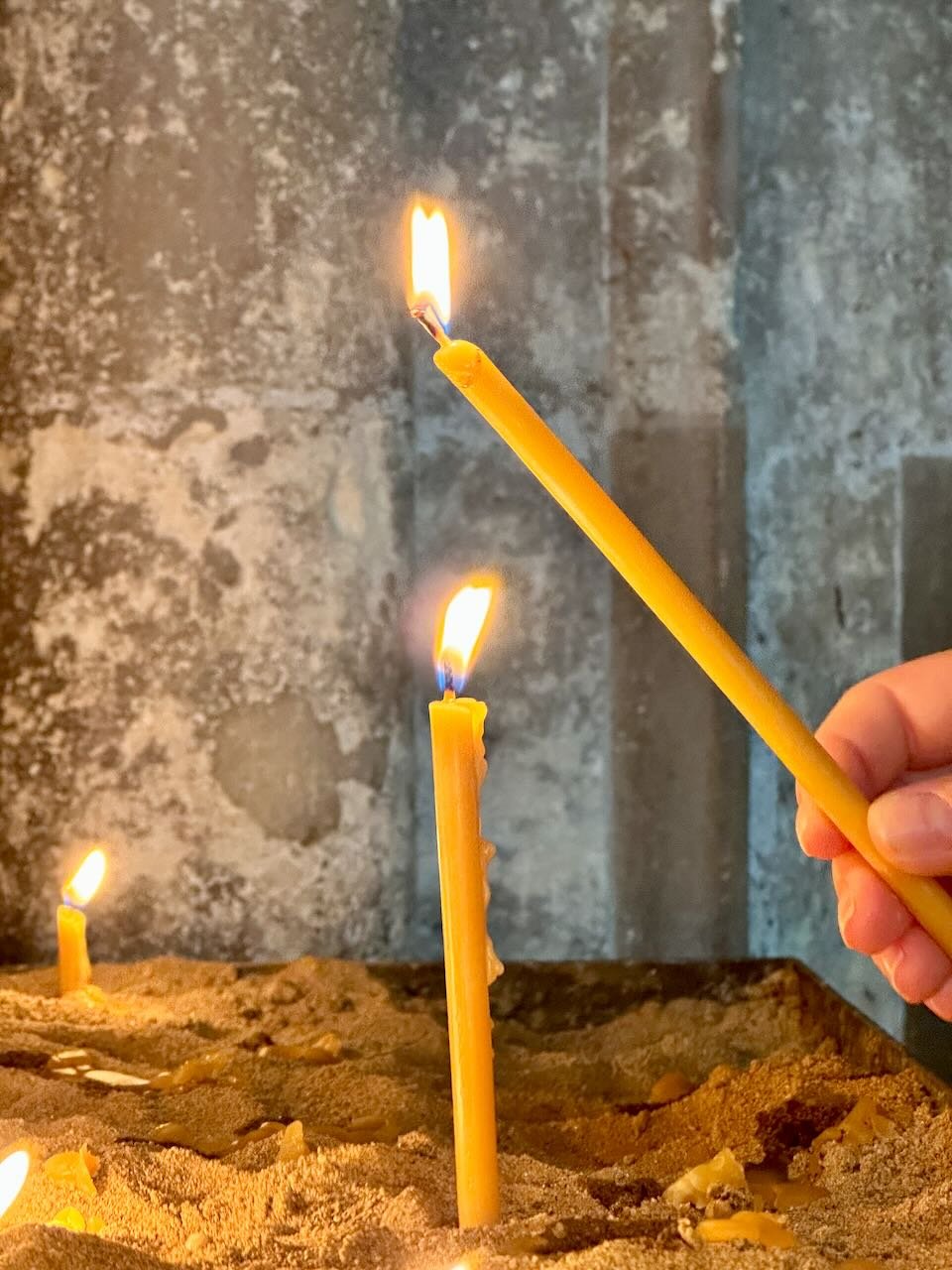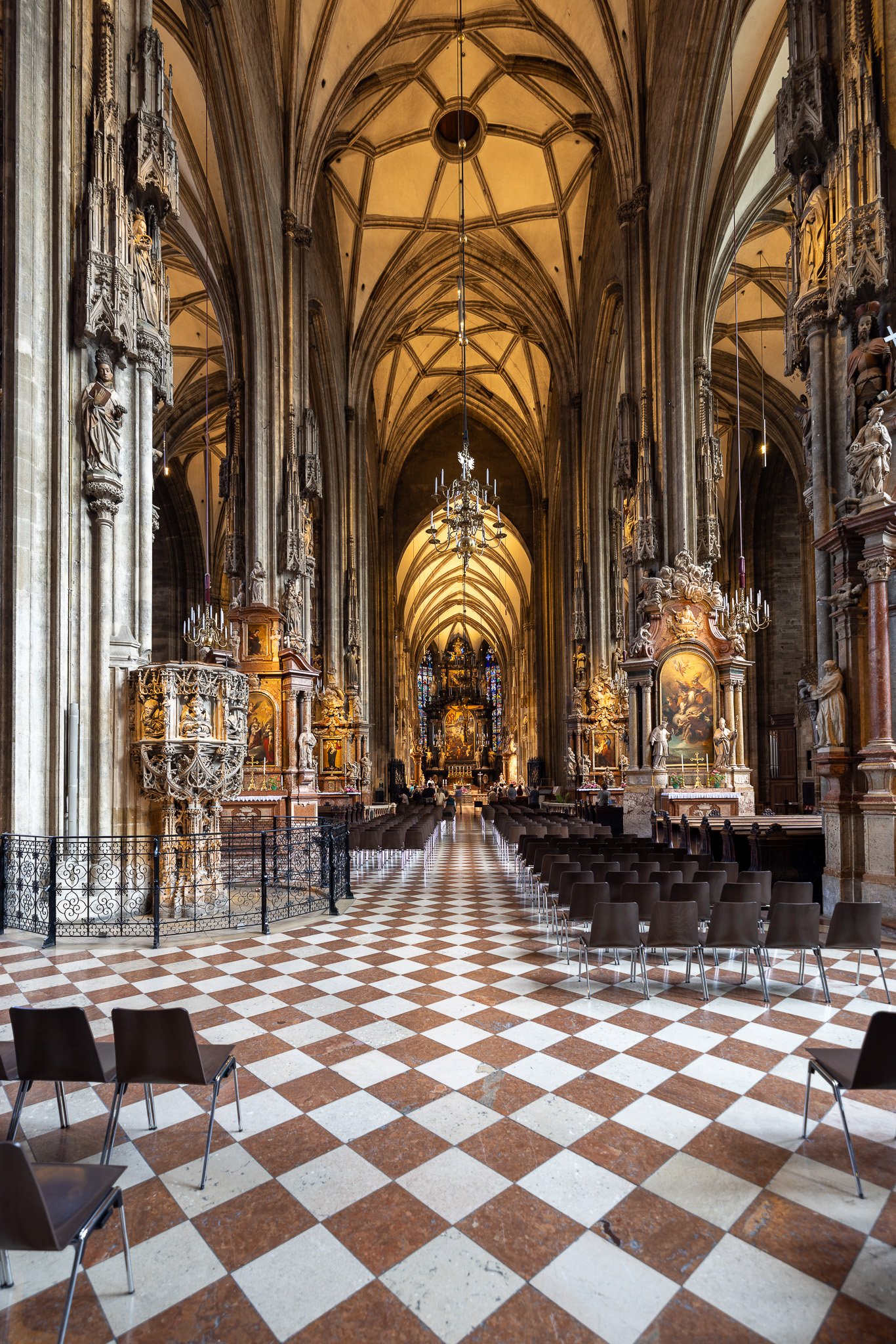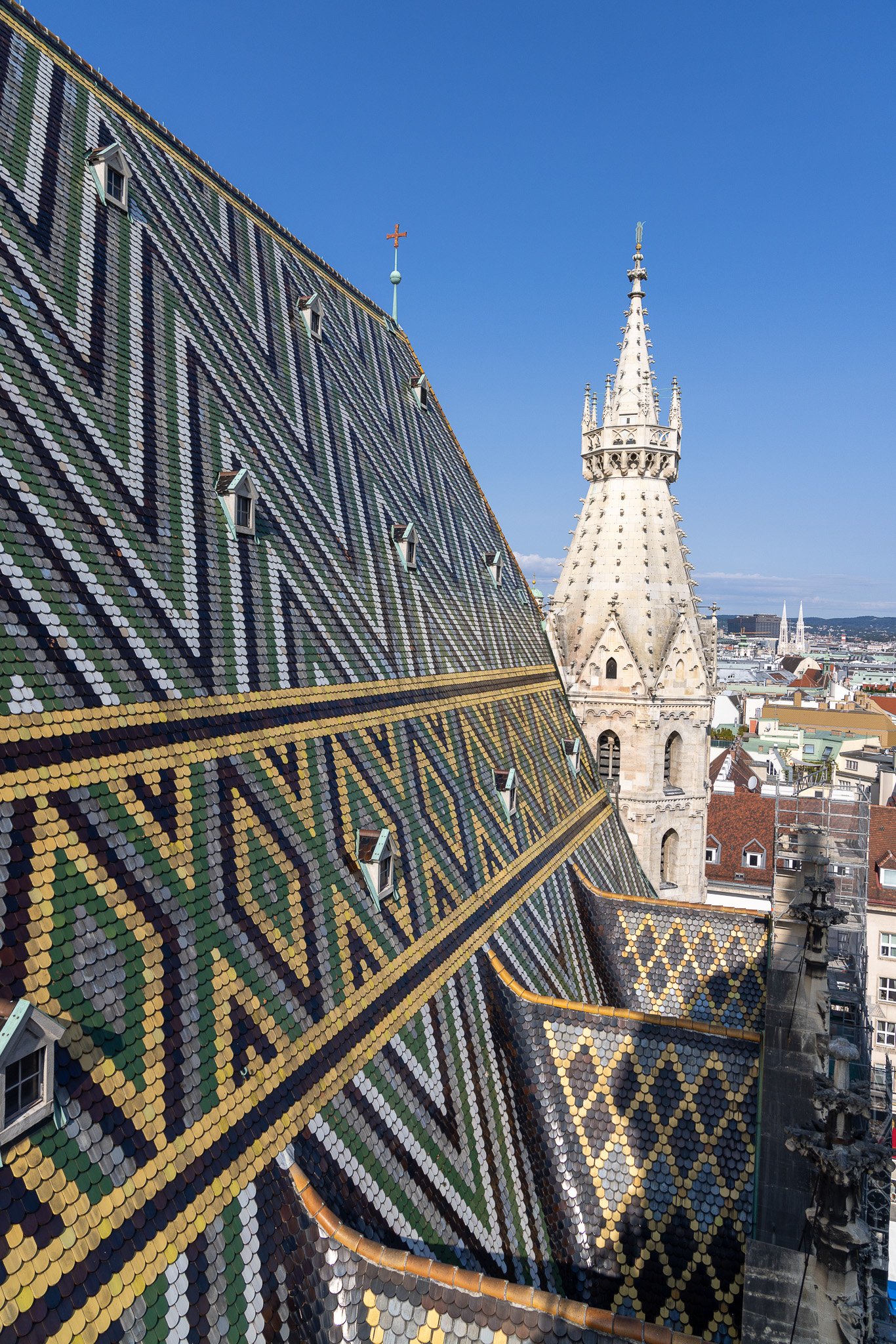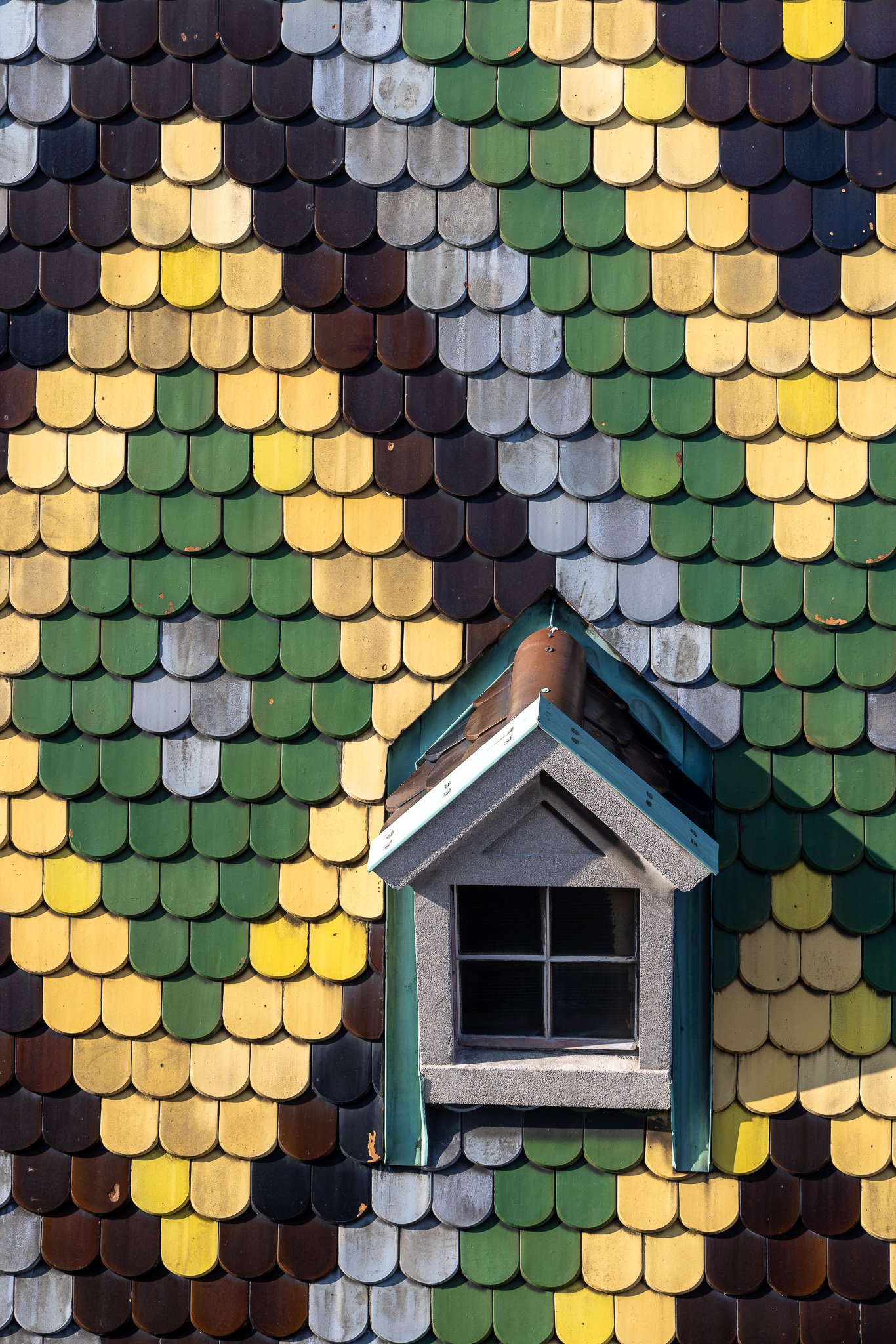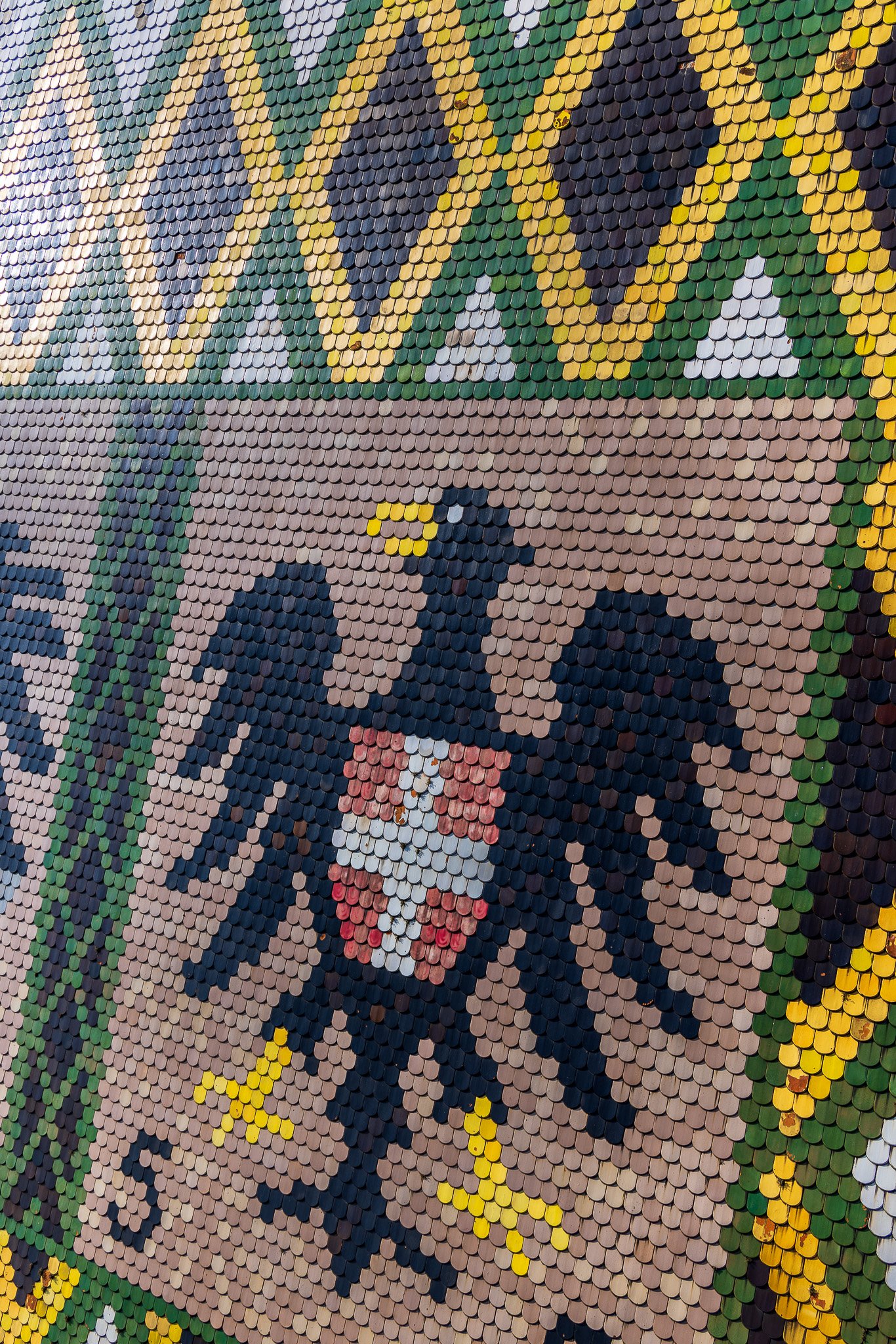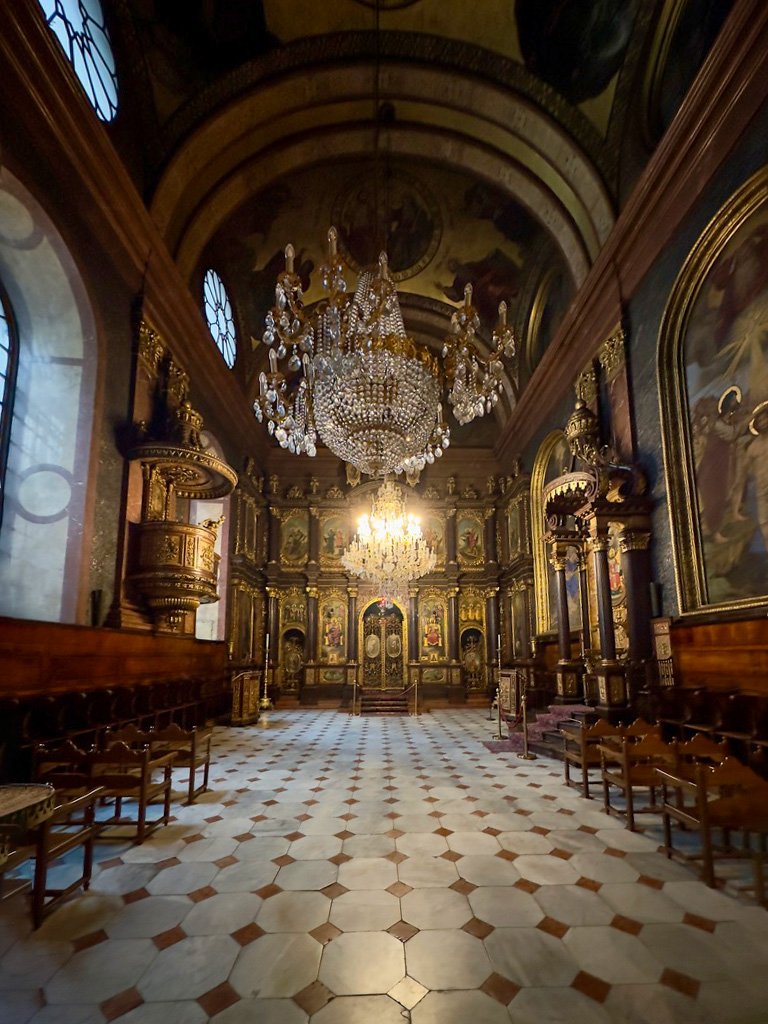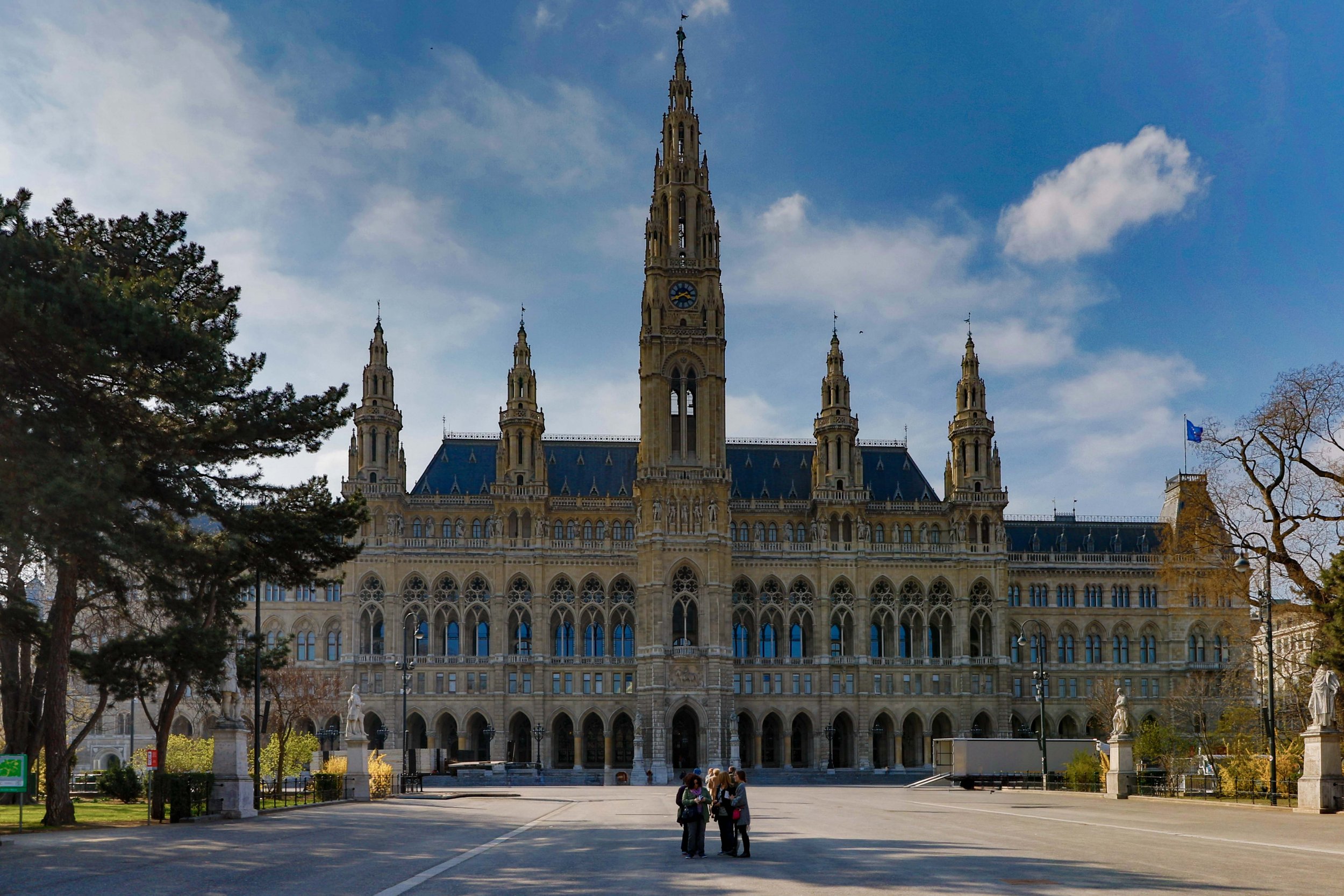My Photography & Travel Guide to Vienna, Austria
Vienna (“Wien” in German) is a must-visit city for photographers. There is a good reason that it has held the title of “most livable city” in the world for more than a decade.
Vienna is a city renowned for its rich culture. It has stunning museums, cafes where iconic writers once visited, beautiful churches, Baroque architecture, and much more. Not only is it the birthplace of the waltz, but it was also home to Mozart, Haydn, Beethoven, Schubert, and Johannes Brahms.
The first thing I noticed about Vienna was the sound. Church bells echo across the rooftops, horses clip-clop past cafés, and even the subway seems to hum in tune. When I go out for a photo walk in the morning before sunset, the city is glowing. Golden light poured across the façades of baroque buildings, bouncing off tram rails and gilded statues.
What makes Vienna unforgettable for me is the unique blend of imperial grandeur and everyday elegance. You’ll sip espresso in chandelier-lit cafés one minute, then discover a hidden graffiti mural in the MuseumsQuartier the next. It’s orderly without being stiff, grand without being cold. Yet, people love to dress well, especially in the evening.
I’ve been lucky to photograph Vienna many times.. Whether you're using a camera or an iPhone shooter, Vienna rewards patience, curiosity, and an eye for detail.
In this guide, I’ll walk you through the best photo spots in Vienna, gear suggestions, local cafés with character, how to get around easily, and when the light is most magical. Think of this as your behind-the-scenes pass to photographing one of Europe’s most elegant and underrated cities.
Where to Stay — For Photographers Who Love to Walk
Vienna is a wonderfully walkable city, especially if you base yourself in the right neighborhood. Here are three areas I always consider first:
📍Innere Stadt (1st District)
The historic heart—ideal if you want to be steps away from St. Stephen’s Cathedral, the Opera, and cobbled side streets that look straight out of a period film.
Luxury Pick: Rosewood Vienna — A beautifully restored 19th-century building blending Viennese elegance with modern design. The rooftop bar has postcard views of the old city, and you're within a 5-minute walk of golden-hour favorites like Graben, Stephansplatz, and the Hofburg. The interiors are refined and photo-worthy—perfect for those moments when you don’t want to stop shooting, even after check-in. We have stayed here a few times and love the hotel. The Park Hyatt, which is next door, is also wonderful.
Boutique Pick: The Guesthouse Vienna — Chic, cozy, and directly across from the Albertina. Morning coffee here comes with a museum view.
The View from the Rosewood Rooftop
📍Leopoldstadt (2nd District)
Trendy and greener, right across the canal. Great access to Prater Park and Danube Island.
Luxury Pick: SO/ Vienna — Floor-to-ceiling windows with sweeping views over the old city.
Mid-range Pick: Zoku Vienna — Loft-style apartments, a rooftop terrace, and creative coworking spaces.
📍Mariahilf & Neubau (6th & 7th Districts)
Creative, artsy, and full of indie boutiques. Excellent for street photography and quick café breaks.
Boutique Pick: 25hours Hotel at MuseumsQuartier — Quirky interiors, a rooftop bar, and right in the thick of photogenic street life.
The Rosewood
Ideal Duration of Stay — 4–6 Days
You’ll want at least 4 to 5 days in Vienna to truly enjoy its photographic potential. It’s not a city you rush through. The best moments come when you slow down and let the rhythm of the place shape your day. I would also recommend taking day trips from Vienna. Here’s a relaxed sample itinerary that balances iconic sights with lesser-known gems.
Sample 5-Day Itinerary:
Every trip, I walk the same route: from Spittelberg through Burggarten just after sunrise. It’s quiet. Here are my suggestions of what to do in Vienna.
Day 1: Sunrise near St. Stephen’s Cathedral → coffee at Café Central → stroll the Ringstraße → sunset from the rooftop of Haus des Meeres.
Day 2: Belvedere Palace gardens at dawn → explore Naschmarkt → golden hour at Karlskirche → nighttime tripod session at the Opera.
Day 3: Early tram ride to Schönbrunn Palace → picnic in the gardens → late afternoon street shots in Neubau.
Day 4: Day trip to Wachau Valley (wine villages + Danube reflections) or a relaxed morning in Prater Park → blue hour in the MuseumsQuartier.
Day 5: Walk along the Danube Canal for graffiti shots → café journaling → farewell dinner at a restaurant with a view.
Best Time to Visit Vienna
Each season in Vienna brings its own palette:
Spring (April–May): Pink magnolias in the city parks, golden afternoon light. Fantastic for botanical shots and early warmth.
Summer (June–August): Long blue hours, outdoor concerts, and street life at its peak. Sunsets are warm-toned and dramatic.
Autumn (September–October): Rust-colored ivy on façades, misty mornings, and soft, diffuse light. A dream for moody compositions.
Winter (November–January): Christmas markets, twinkling lights, and snow-dusted rooftops. Shoot early in the morning or after dark with a tripod.
My personal pick: October. The light is soft and low, and the fall colors bring warmth to the city's elegance.
Getting Around —
Vienna’s public transportation is as photogenic as it is efficient, but I still try to walk everywhere. It’s how I see the light shift.
Metro (U-Bahn): Quick, clean, and well-connected. Avoid rush hour if you’re carrying gear.
Trams: Perfect for cityscapes in motion. The Ring Tram loops through major photo spots.
Walking: This is how I shoot 80% of Vienna. Wear comfy shoes, and you'll have access to tiny alleys, hidden courtyards, and great reflections.
Bike rentals: If you're traveling light, city bikes are a fast way to reach Danube Island or Prater.
⚠️ Watch for cobblestones (tripod users beware) and keep gear close in busy areas like Stephansplatz.
Where to Eat?
It is hard to have a bad meal in Vienna. This is the city that gave birth to Wiener Schnitzel. Some of the world's best cafes are also located in Vienna. In these cafes, you can sit for hours without someone asking you to leave. Here are a few of our favorites:
Food in Vienna is hearty, refined, and often beautiful on the plate. Here’s where I go for good eats and great scenes:
Café Central — Yes, it's touristy. Yes, it’s worth it. Velvet benches, marble tables, and moody window light for days. Map
Café Sperl — Classic Viennese vibe, excellent for black-and-white interior shots. Map
Naschmarkt — A visual and culinary feast. Morning light hits the stalls just right for handheld foodie shots. Map
Gasthaus Pöschl — Hearty Austrian dishes with cozy lighting. Map
Das Eduard — Great brunch spot with tiled walls and sunlight pouring through. Map
✨ Photo Tip: Book early for window tables. Golden hour dinners? You’ll want natural light for your iPhone shots.
Fabios Restaurant
Fabios - located right next to the Rosewood Hotel, is an excellent Italian restaurant.
Dinner at the Rosewood
Do & Co in the Albertina Museum - after visiting the Albertina Museum, a wonderful place to have lunch is Do & Co.
Trześniewski - Make sure to try the sandwiches from Trześniewski. It has been a Viennese institution for 120 years and serves more than 5,000 sandwiches per day. They serve dark bread sandwiches with more than 20 different toppings. Bacon and egg are the most popular. The recipes have remained largely unchanged and are closely guarded secrets.
Trześniewski Sandwiches
Cafes - one thing that should not be missed are the cafes of Vienna. They are among the best in the world. Here are some of my favorites: Café Central, Café Landtmann, CAFÉ HAWELKA, CAFÉ SACHER, CAFÉ SPERL, CAFÉ PRÜCKEL CAFÉ SCHWARZENBERG, and CAFÉ FRAUENHUBER.
Coffee (Kaffee in German) is part of Vienna's culture. There’s a reason Vienna is known as the coffee center of Europe. If you’re visiting, make sure to try the coffee with a delicious cake. Some nice coffee shops are the Good Coffee Society, Cafe Fenster, and Balthasar Cafe.
What Photography Gear to Bring
Mirrorless/DSLR Setup:
Camera: Canon R5, Sony a7R IV or similar
Lenses: 24–70mm f/2.8 (walkaround), 35mm prime (street), 70–200mm (detail/architecture)
Accessories: ND filter (for fountains), small tripod, lens cloth, extra batteries
📱 Smartphone Photography Tips:
Use Portrait Mode at cafés and for street portraits
Try Wide Angle for palaces and domes
Snapseed and Lightroom Mobile are great for editing on the go
Pack a battery bank and a mini tripod for night shots
Photography Locations
There is a lot to photograph in Vienna. The good thing is that most of the locations are very close together. Uber is available in Vienna for locations that require a car ride like the Schoonbrunn Palace.
Stallburg and the Spanish Riding School
Stallburg is a Renaissance courtyard from the 16th century where the Lipizzaner stallions of the Spanish Riding School are stabled.
I recommend attending a performance by the Spanish Riding School. You are not allowed to take photos while they are having a performance.
The Auditorium
The stallions are so beautiful, and the demonstrations are thoroughly impressive and entertaining. So, if you haven’t seen a performance, I would definitely check for event times and tickets! Click here to visit the official website for the Vienna Spanish Riding School.
Ferstel Passage
Ferstel Passage is an upscale arcade built by the Austrian architect Heinrich von Ferstel in 1860. The marble-clad passage with a vaulted ceiling is full of restaurants and stores. If you visit early in the morning you can find the passage way empty.
Triton Fountain
The city is full of beautiful fountains. One of the most famous is located in the Museum Quarter in between 2 museums.
Austrian National Library
The Austrian National Library is the largest library in Austria, with more than 12 million items in its collections. The library is located in the Neue Burg Wing of the Hofburg in the center of Vienna.
The library was quite busy when I visited. There are lots of details to photograph in this beautiful library.
Museums quartier
The Museum Quartier is one of the largest museum quarters in the world. The area is not only home to many museums but also some wonderful restauants.
The Elephant Guarding the Museum
Make sure to go into the Museum of Natural History. The architecture and exhibits are wonderful.
A Long Exposure to Make the People Disappear
The ceiling inside the Library is simply incredible.
Their collection of rocks is unparalleled. There are so many shapes and colors that I have never seen before.
Albertina Museum
The Albertina Museum should not be missed. It contains over one million drawings and prints from the late Gothic to the present. From Michelangelo and Dürer to Rembrandt and Rubens, and from Klimt and Schiele to Picasso and to Richter and Lassnig.
I really wanted to see the drawings of Dürer shown below.
Even the stairwell into the museum is beautiful. After your visit the Do & Co Cafe is a wonderful place to stop for lunch.
Belvedere Palace
The Belvedere is a historic building complex in Vienna, Austria, consisting of two Baroque palaces, the Orangery and the Palace Stables.
Michaelerplatz & Hofburg Palace
Michaelerplatz is the plaza or square in front of the Hofburg Palace complex and Sisi Museum. Just about 50 meters away, you will find Café Central, which should not be missed.
The Hofburg Imperial Palace is a massive museum complex in the center of Vienna. The Habsburg royal family ruled from here for over seven centuries, leaving behind a treasure trove of art and antiquities.
In the center of Michaelerplatz lies an archeological site and museum where the remains of a Roman camp suburb and medieval building foundations were found.
The excavations can be visited at any time. More reading about this fascinating history and the museum can be found here.
While you walk under the passage way of the Hofburg Museum—make sure to look up at the ceiling.
Zum Figlmuller Passage
Just around the corner from St. Stephen’s Cathedral is the Zum Figlmuller Passage. It is where you will find the best Wiener schnitzel in Vienna. The world-famous Figlmüller restaurant is where celebrities, locals, and tourists come to enjoy a good meal.
Graben
Graben is the famous, pedestrianized shopping street in Vienna. The entire street is also filled with cafes where you can sit and people-watch. The architecture and window shopping along Graben are something to be experienced even if you aren’t a big shopper.
There are beautiful buildings on the Graben like this one from the General Company. Stephensplatz, located at the very end of Graben.
Hundertwasserhaus & AlthanGRUND
If you’re interested in capturing some of the more unique and off-beat aspects of Vienna, there are also several hidden gems that are worth exploring. These are places that are not typically included in traditional travel guides but can offer a wealth of photographic opportunities for those who are willing to seek them out. One of these would be the District Heating Plant providing energy to the city. It’s probably the prettiest building I’ve ever seen with such a boring purpose!
A fun fact is that it was designed by Friedensreich Hundertwasser, the architect behind the famous Vienna landmark, the Hundertwasser House. When you compare the two, it’s really no surprise who the architect is. However, I’ll bet this building gets far fewer tourists snapping photos due to its removed location.
One such hidden gem is the Hundertwasserhaus, which is a colorful and whimsical apartment building designed by the artist Friedensreich Hundertwasser. The building’s unique architecture, with its undulating lines and brightly colored façade, make it a popular subject for Instagram photography.
Graffiti & Murals
Exploring the street art was one of the highlights of my Vienna trip: high praise when there was so much else I loved about the city. In this guide, I’ll share my self-guided Vienna street art tour, which includes a map and tips for getting around. Enjoy!
Since 1995, there have been ‘legal walls’ in Vienna for street artists to play around with. New York was the first city to designate spaces for street artists to get creative. Vienna now has several legal spots for street art dotted around the city, which have attracted artists from around the world, such as Stinkfish, David Shillinglaw, and more.
There is also a lot of wonderful graffiti along the river walkways that go on for miles and miles.
Anker Clock
The Anker Clock is an Art Nouveau mechanical clock built in 1914 located on Hoher Markt street. It is a quick stop, but worth seeing on your rounds about town. Twelve historical figures rotate around the front when the clock strikes the hour.
Street Photography
There are tons of opportunities for Steet Photography in Vienna. I loved photographing people, details, and people sketching in front of the St Stephan Church, just to name a few.
St. Stephen’s Cathedral (Stephansdom)
One of the most visited churches in Vienna is St. Stephen’s Cathedral. The cathedral is massive. Once you catch your breath from the awe-inspiring gothic architecture, you can pay a small fee to go up either or both towers for a closer look at the multi-colored tile roof and panoramic views of the city. Pro-Tip: Best at sunrise for golden light on the patterned roof
At its tallest point, St. Stephen’s Cathedral reaches 136 meters, making it the tallest church in Austria and one of the most recognizable sights in Vienna. Visiting the main entrance is free, but you’ll need to purchase a ticket to see the cathedral in its entirety.
St. Peter’s Church (Peterskirche)
Just a short walk from St. Stephen’s Cathedral is the early 18th-century St. Peter’s Church.
There are regular organ concerts, plus the church is often used as a concert venue for other fine art performances. Event calendars and more details are available here.
Holy Trinity Greek Orthodox Church
Located in the Inner City district of Vienna, the Holy Trinity Greek Orthodox Church, Vienna, was constructed in 1858 and serves the city's huge Greek population. The area has been home to churches and places of worship since ancient times.
I found this church while walking around. It was an unexpected, great find.
The Rathaus
One of the tallest and most impressive buildings in central Vienna is the Rathaus. The towers look down majestically onto a central square and park alongside Vienna’s mighty Ringstrassen boulevard.
Schönbrunn Palace
The Schoonbrunn Palace was the summer residence of the Habsburg family. It is about a 20-minute car ride from the center of the city. I recommend going at Sunset.
It is also an imperial residence of the Habsburgs with Staterooms and 18th-century interiors from the time of Maria Theresia. Photography is not permitted inside the palace, but you can see a virtual tour on its website here.
Sunset
The summer residence of the Habsburgs, Schönbrunn Palace is a UNESCO World Heritage.
Blue Hour
The Church of St. Charles (Karlskirche)
St. Charles Church is an outstanding Baroque church located in Karlsplatz. This is a great spot for a Sunrise photo.
Sunrise
The marble inside this church is incredible. Built by Emperor Charles VI, the church was completed in 1739 and dedicated to St. Karl Borromäus. I especially enjoyed this church's access to the organ loft and the outside balcony overlooking Karlsplatz.
Vienna Christmas Markets
Vienna hosts over a dozen annual Christmas Markets, which start in mid-November and run until Christmas. They are located throughout the city in its most famous squares. The Christmas Market on Stephansplatz is located adjacent to the cathedral, where around 40 wooden stalls offer a variety of traditional Austrian gift items, Glühwein, and food.
If you have the chance to visit Vienna, please don’t hesitate, it’s a lot of fun.. It is a wonderful city to explore for a few days.
Festivals & Events to Photograph
Vienna Christmas Markets (Late November to Dec 24):
Set up in front of the Rathaus, this is pure holiday magic. Best shot in early evening, when lights are on but skies are still cobalt blue. Use a fast lens or high ISO and enjoy candid moments at the food stalls.Donauinselfest (June):
Europe’s largest free open-air music festival along the Danube. Wide shots of the crowds, river, and sunset behind the stage are especially good for storytelling images.Fête Impériale (June/July):
A formal ball inside the Spanish Riding School. Even if you don’t go inside, the parade of gowns and tuxedos outside is a visual feast.Viennale Film Festival (October):
Expect moody street scenes and great low-light portraits around theaters and cafés. Use the city as a backdrop for character-driven shots.
🎯 Etiquette Tip: No flash during concerts or church interiors. Be discreet during formal events.
Final Thoughts
Vienna has this quiet confidence—like it knows it’s photogenic but doesn’t need to pose. It’s a place I keep coming back to because it never feels the same twice. The light shifts, the city evolves, but the beauty never disappears. Whether you're wandering through palace gardens or sipping espresso in a smoky café, there's always something just waiting to be captured.
If this guide helps you capture something special in Vienna, I’d love to see it. Tag me on Instagram or Facebook, or sign up for updates about my next Vienna Photo Workshop here.
Until then, keep chasing good light. 🌍📸


